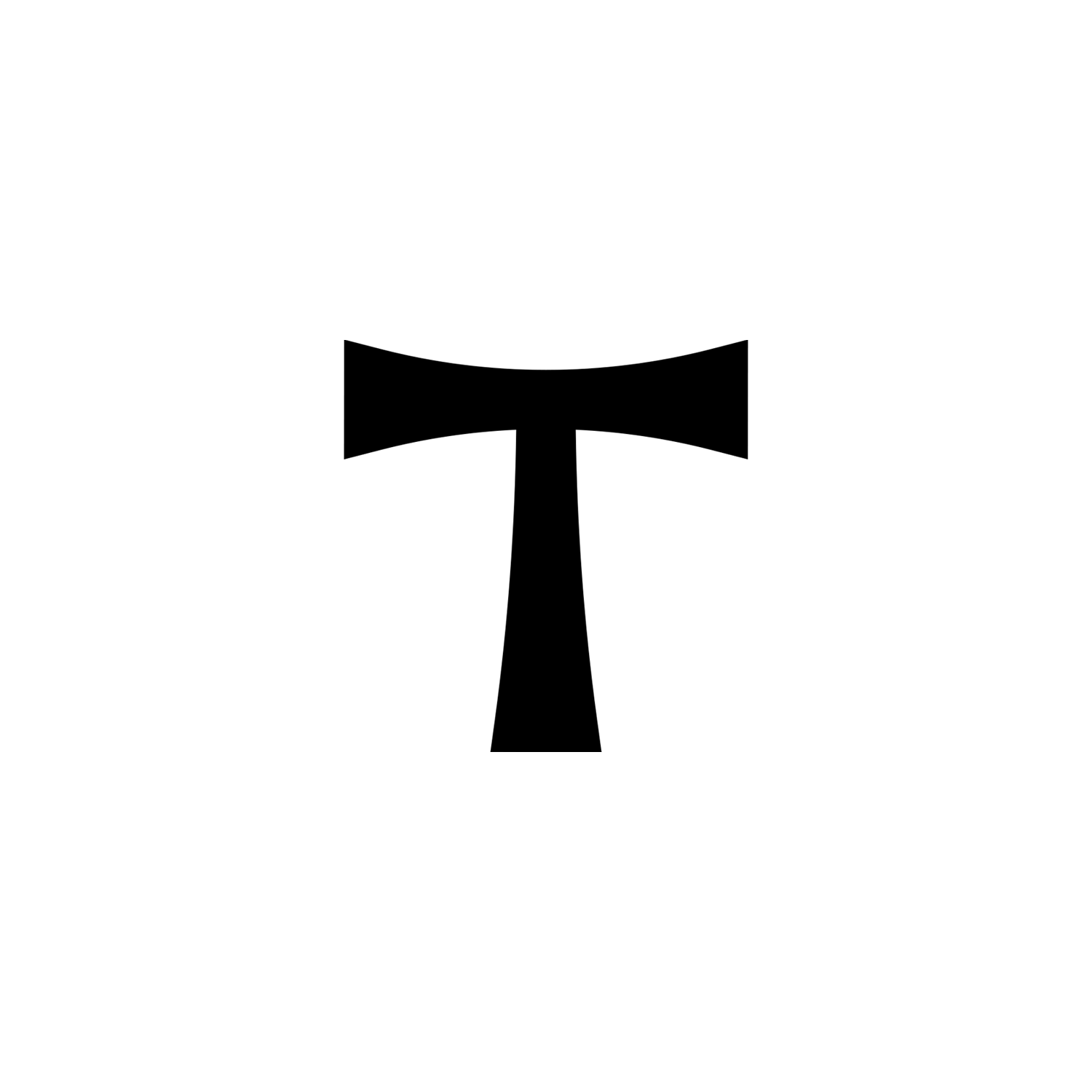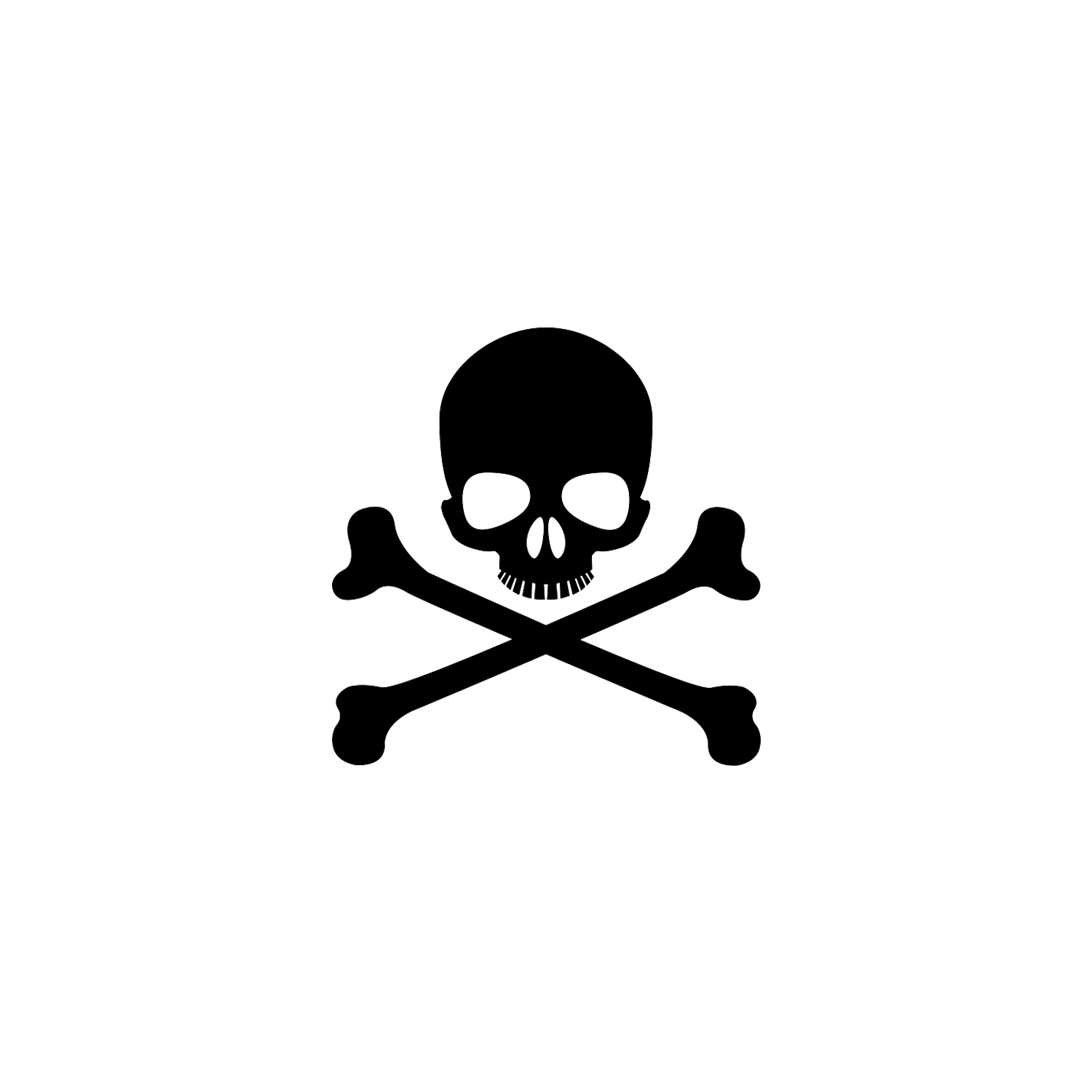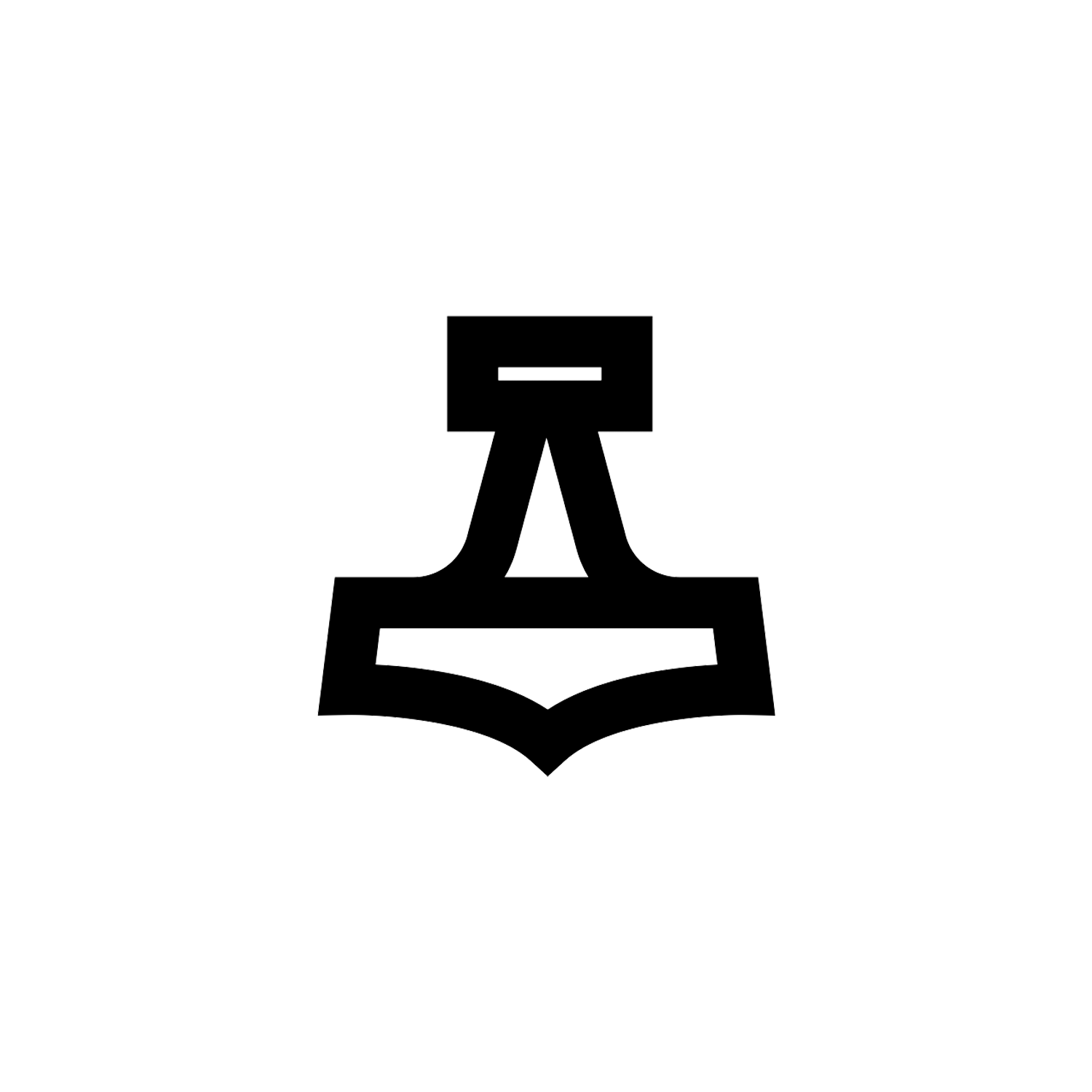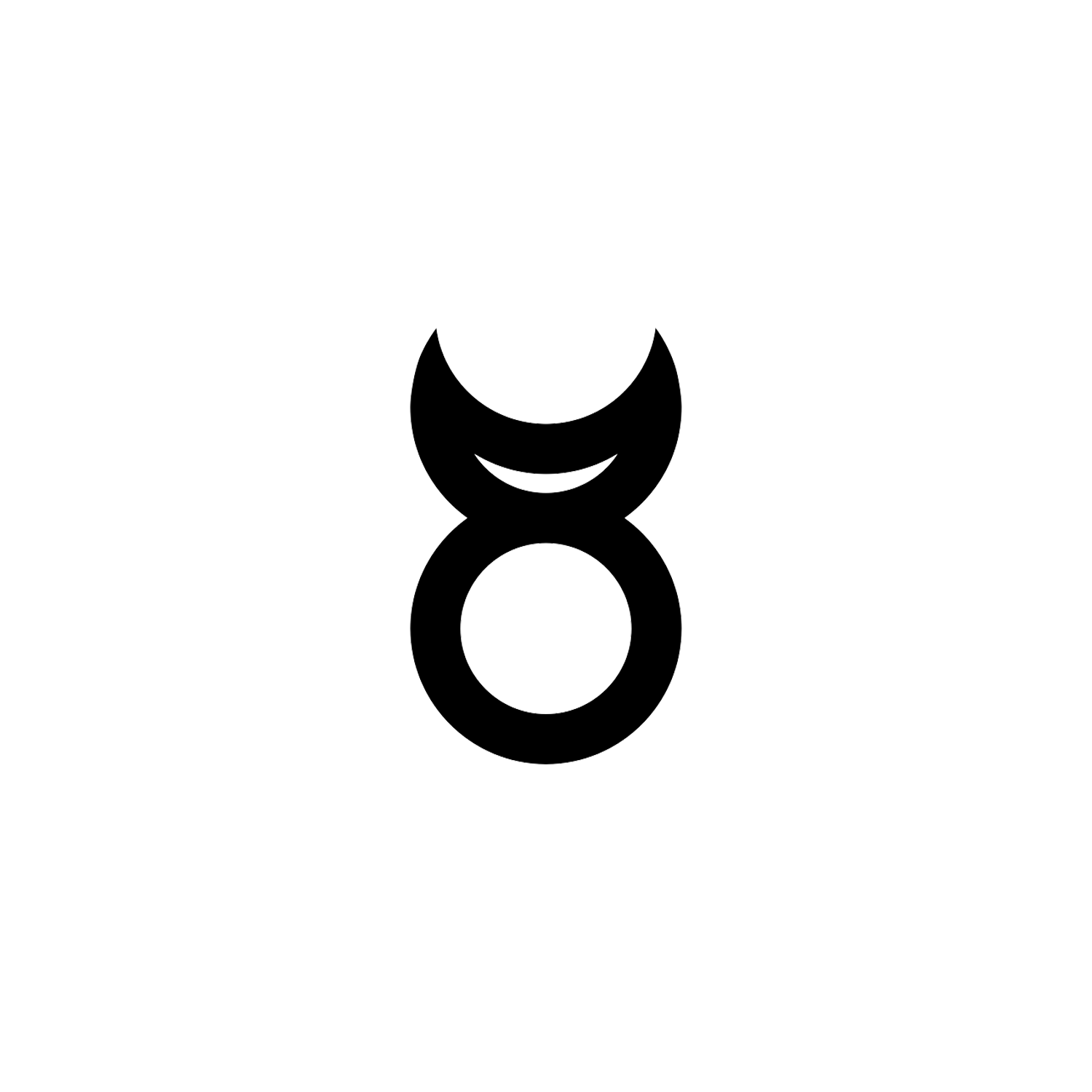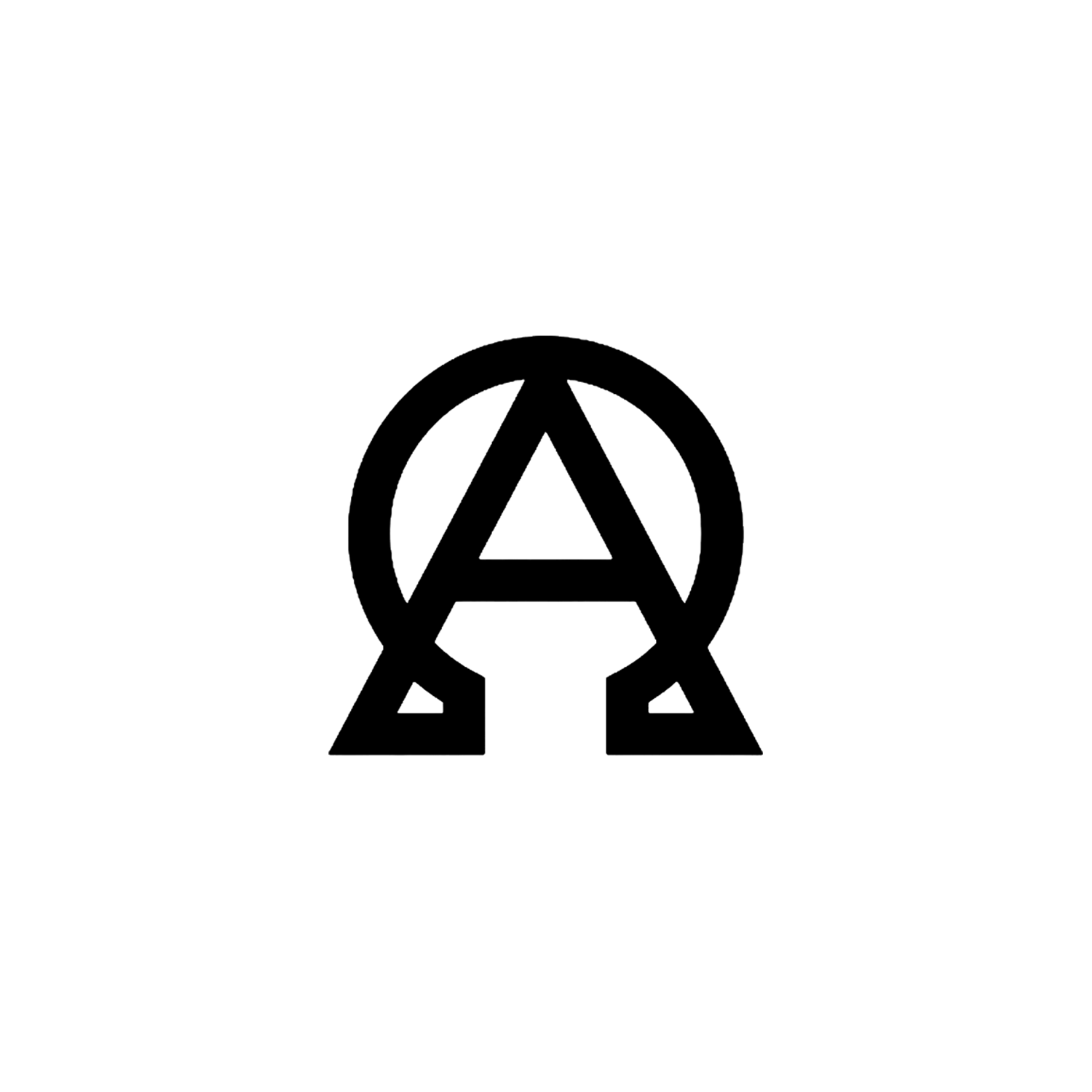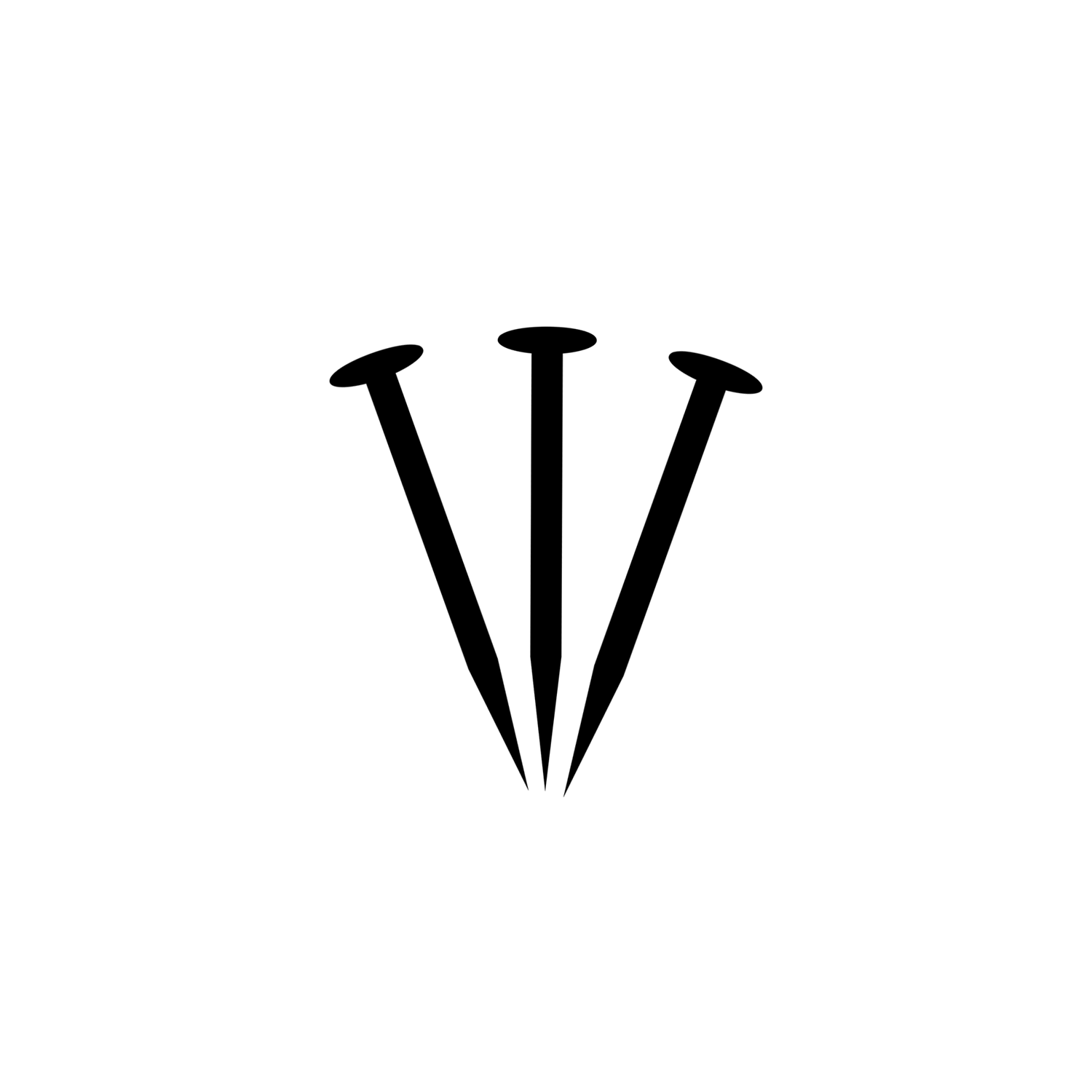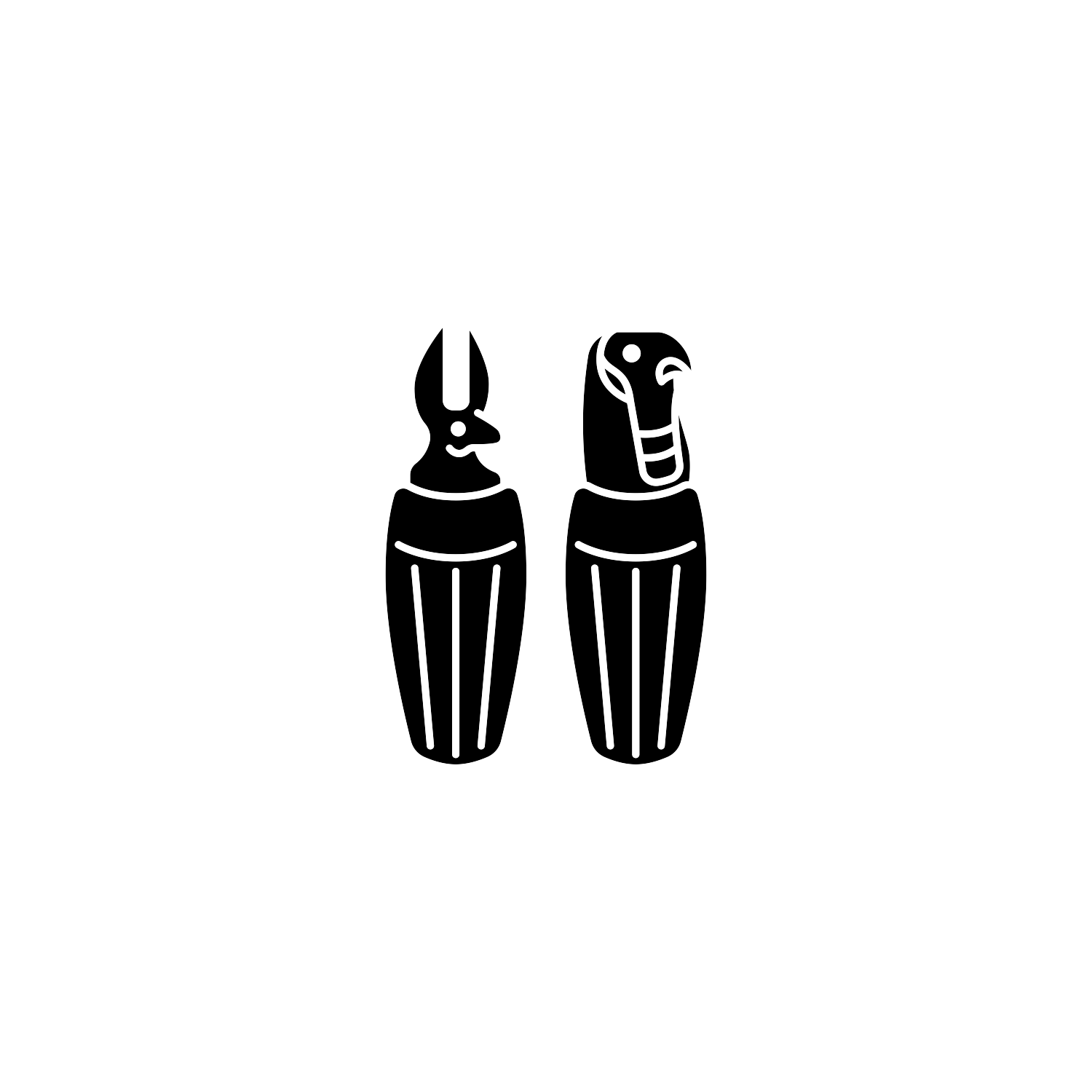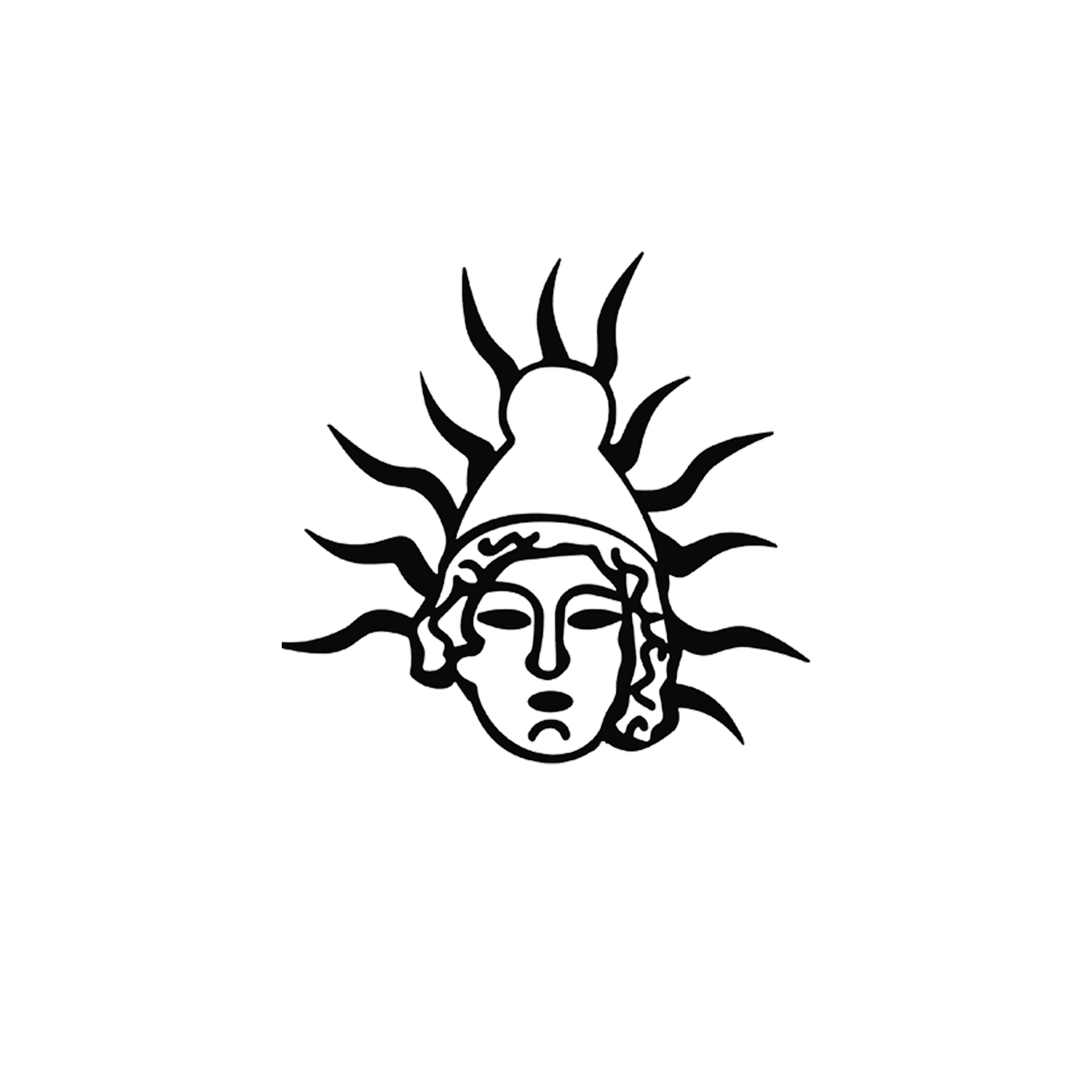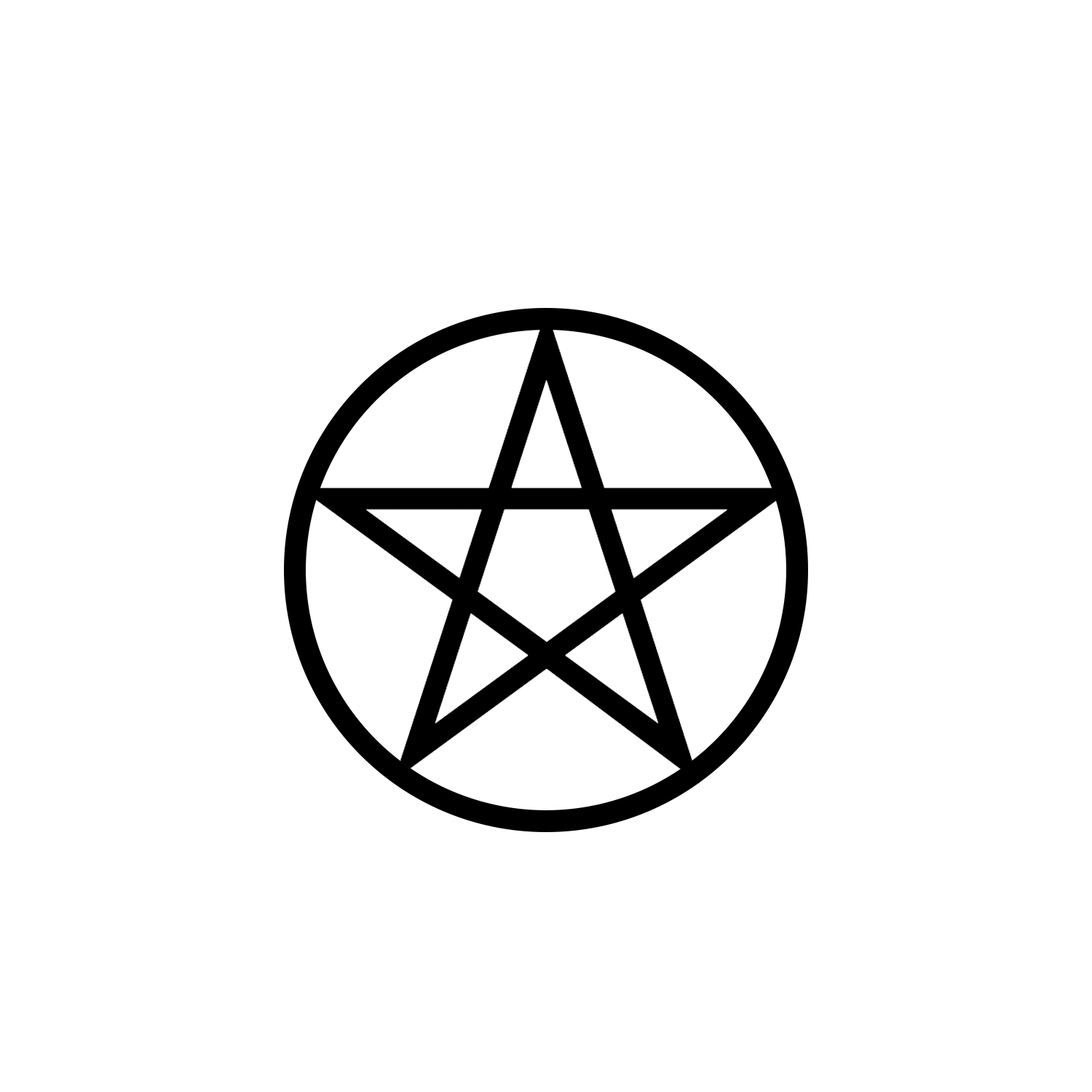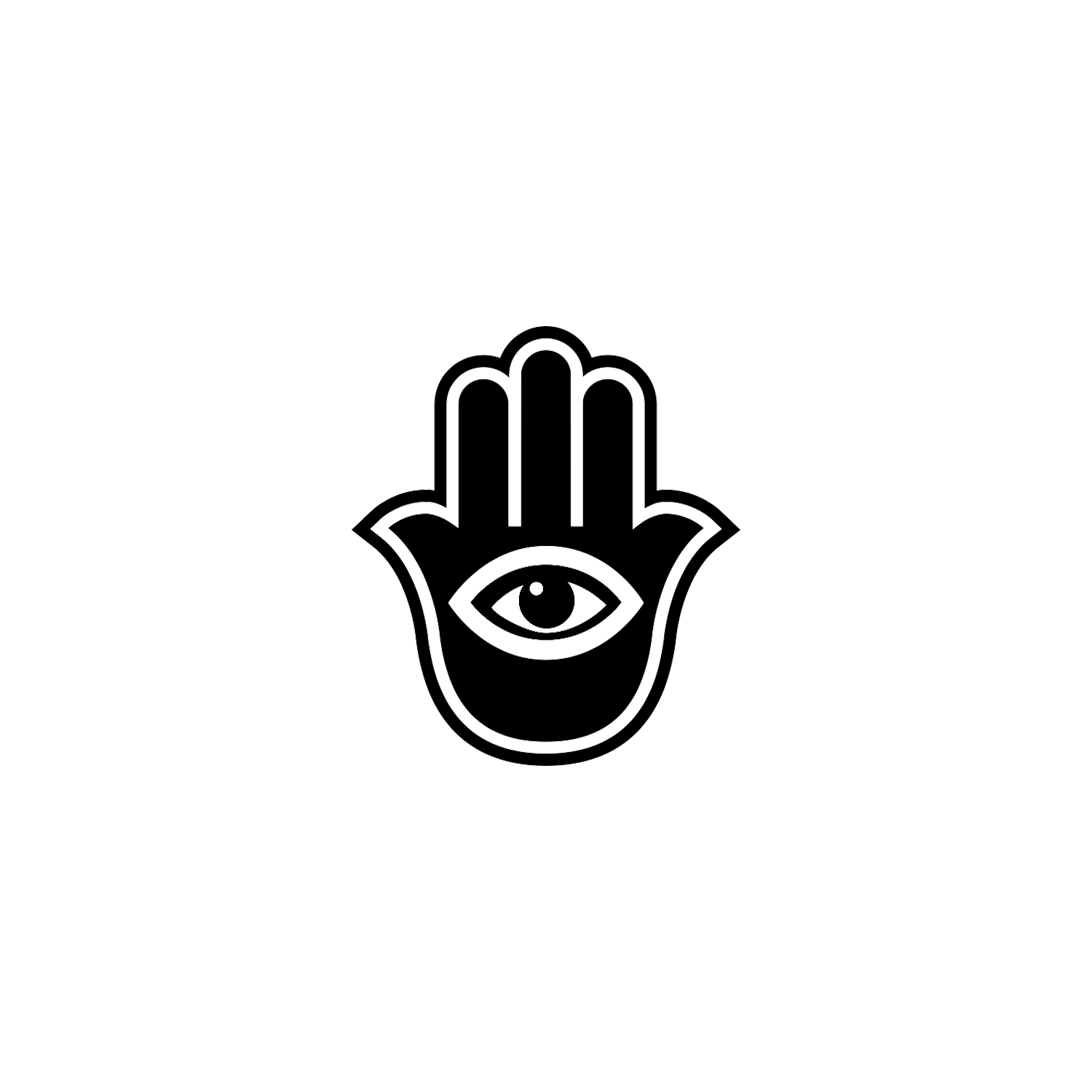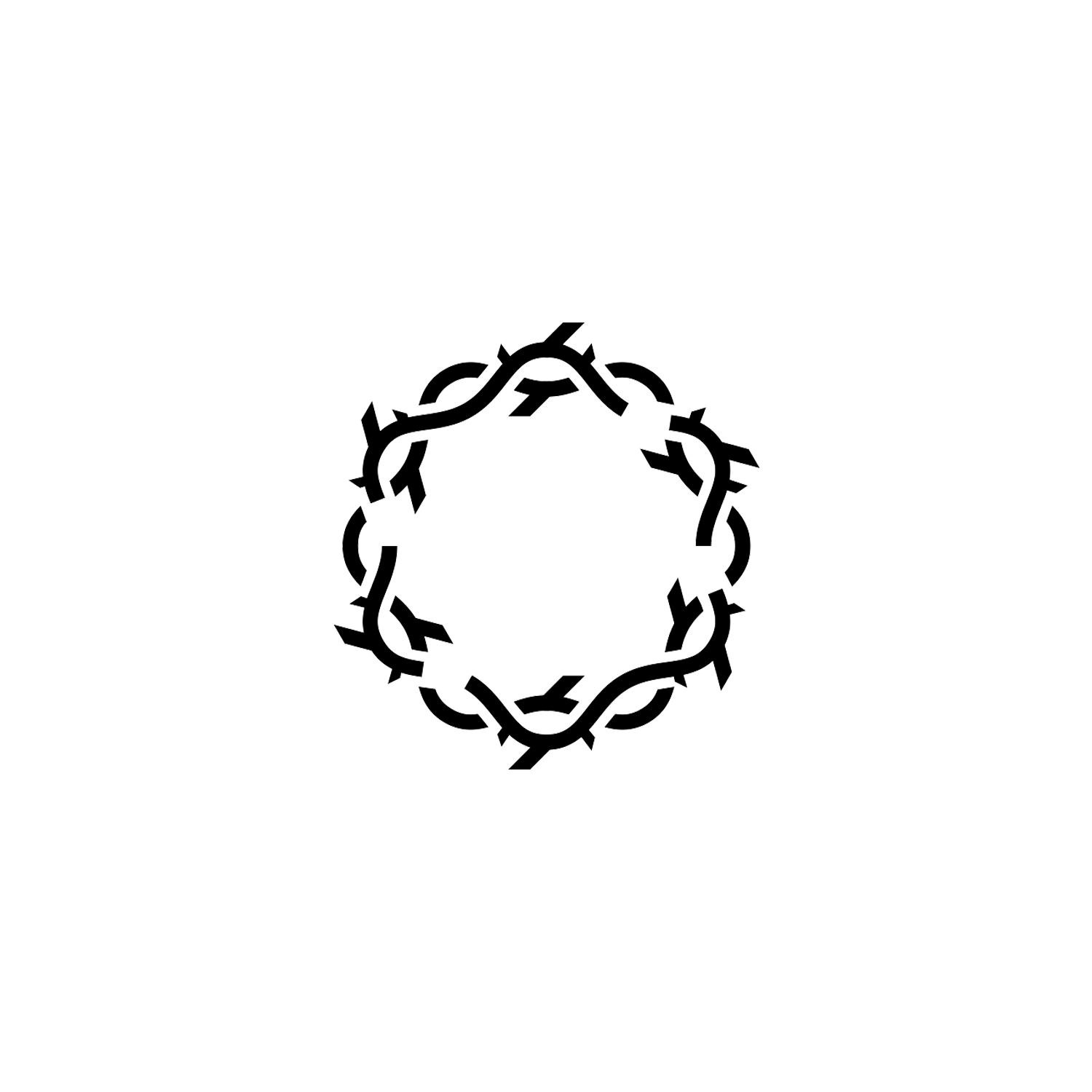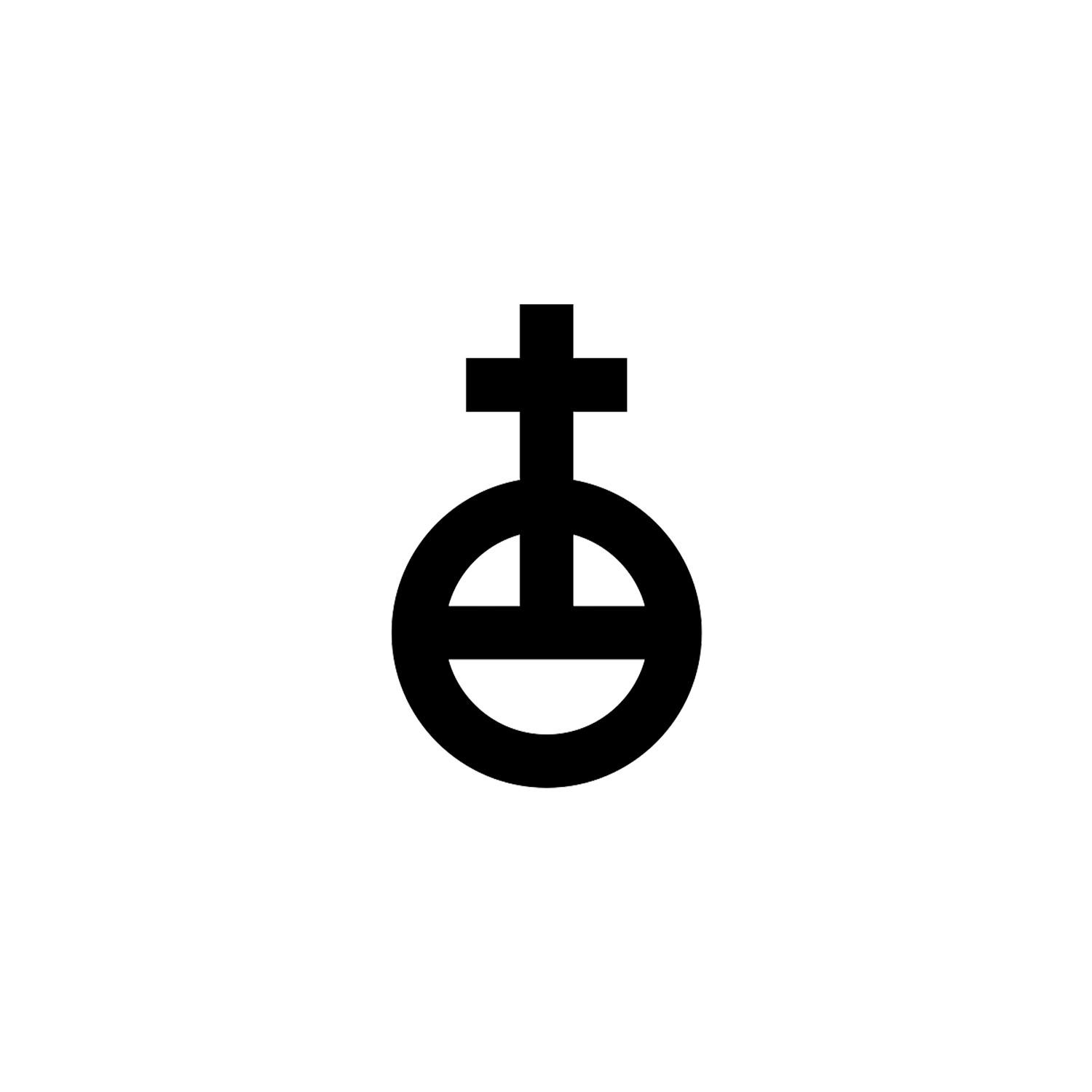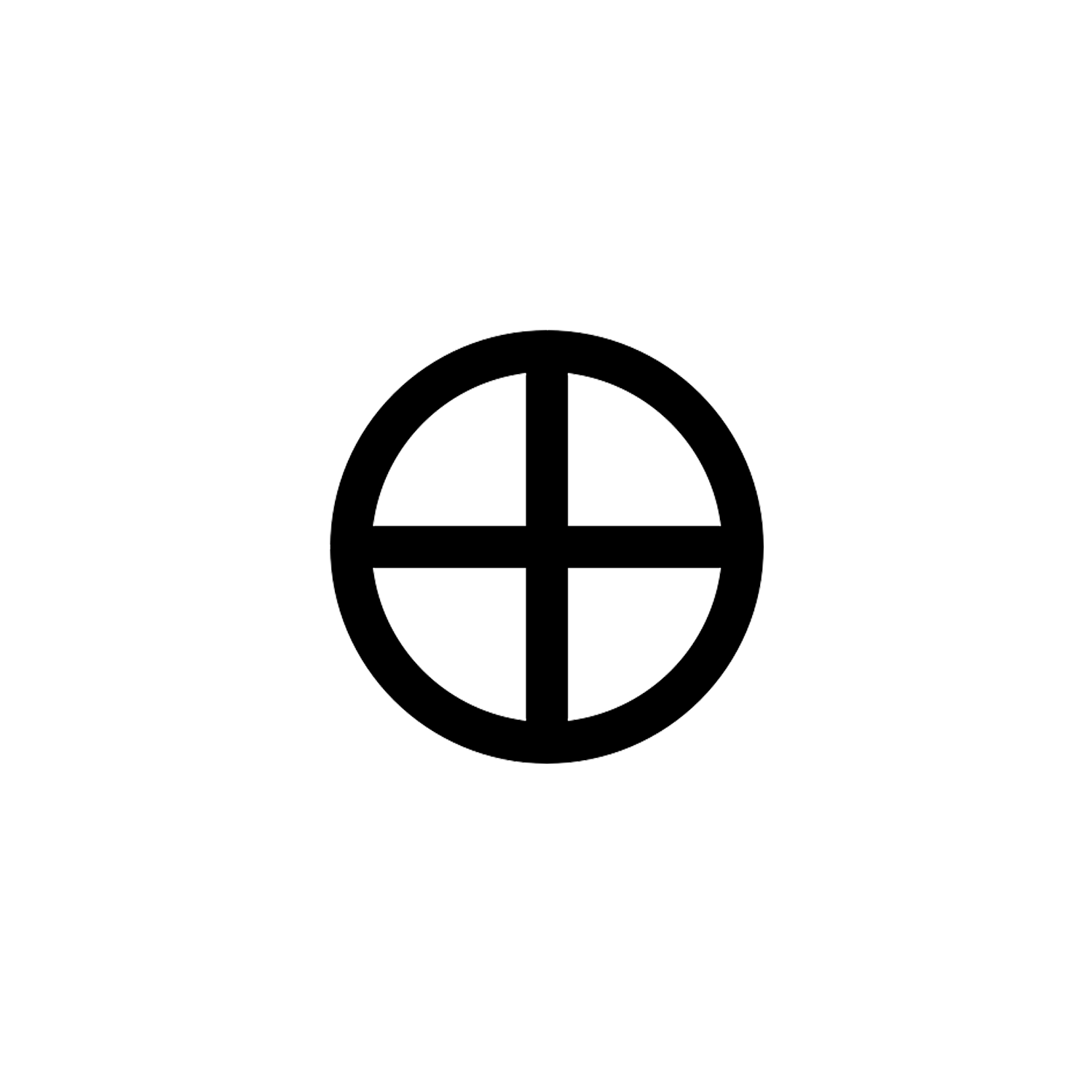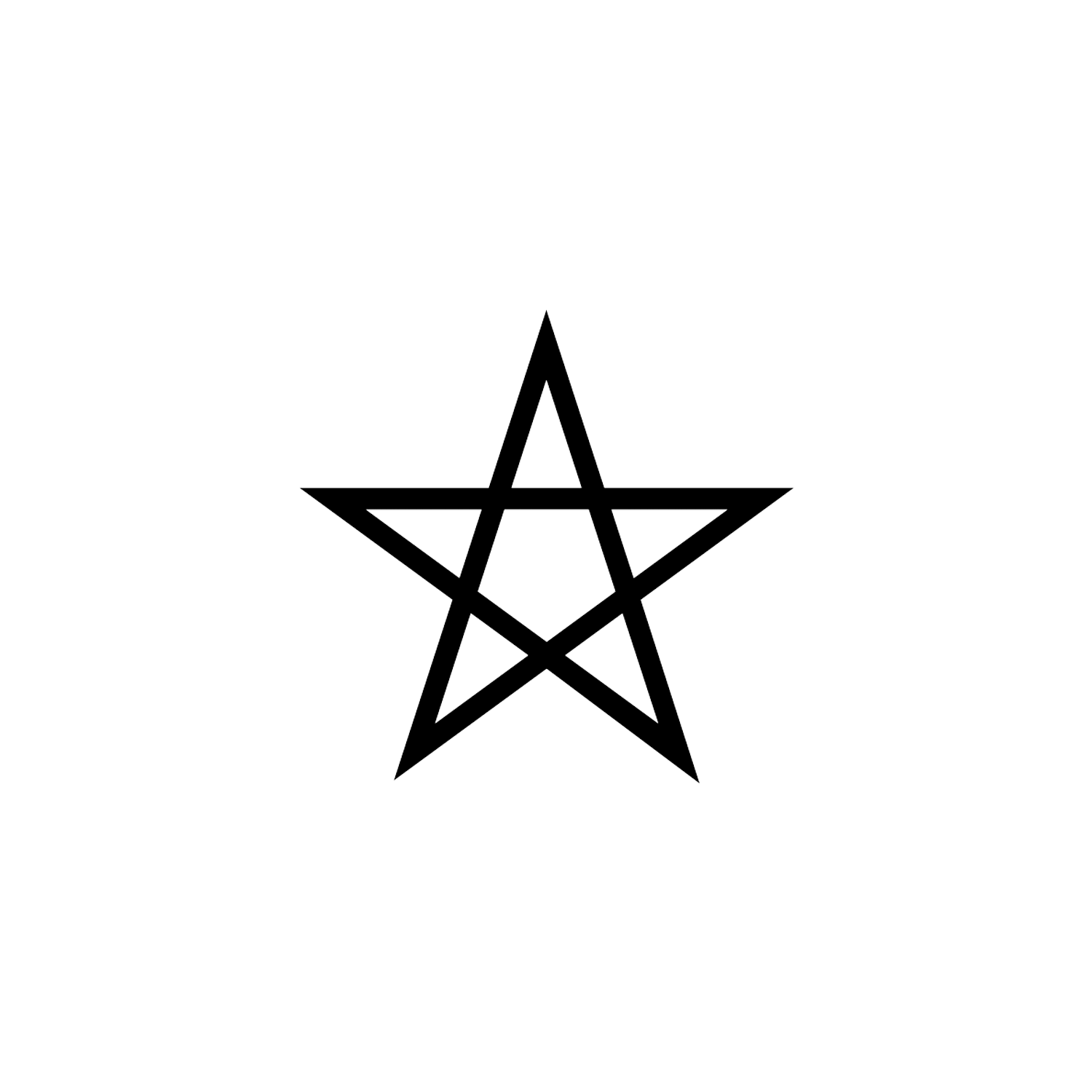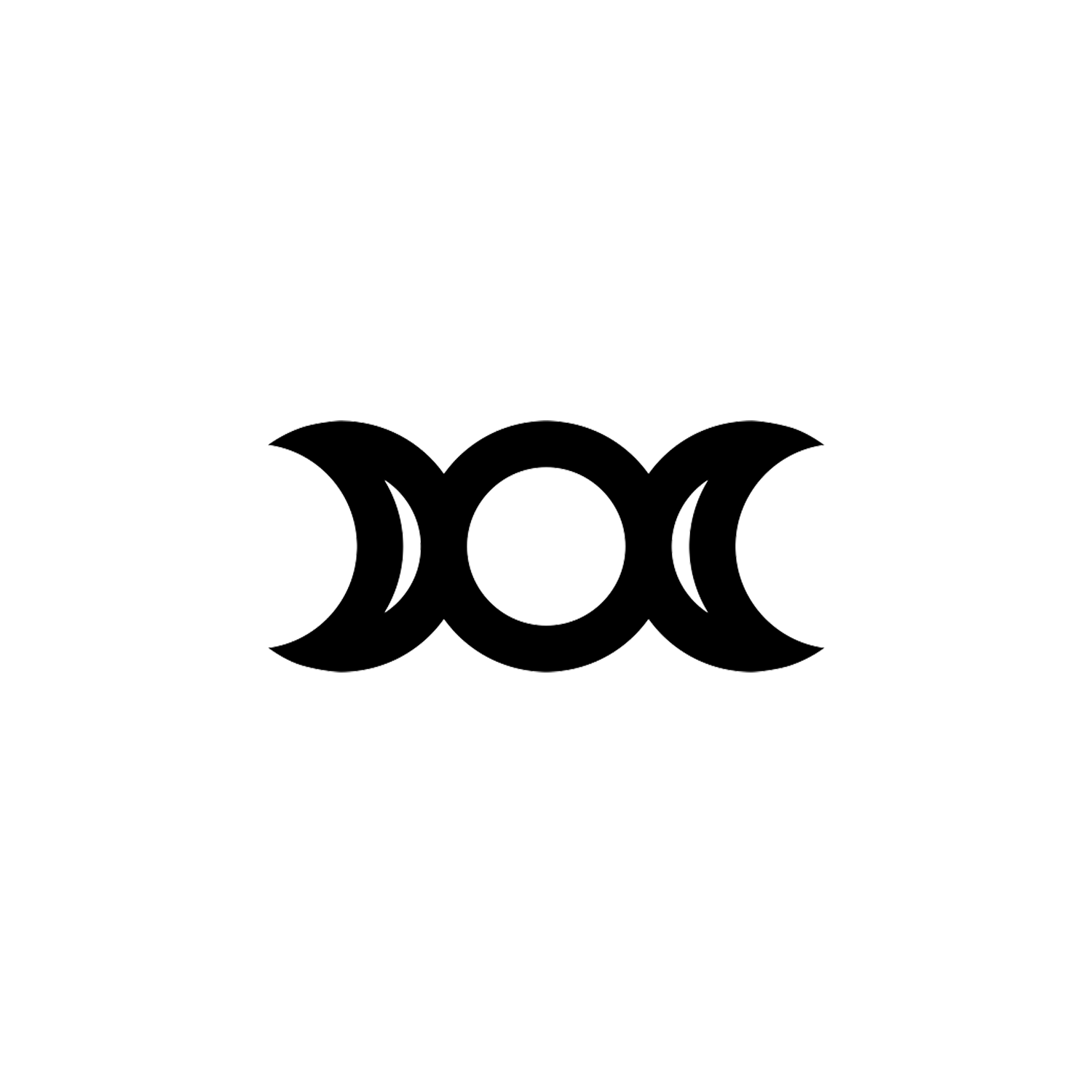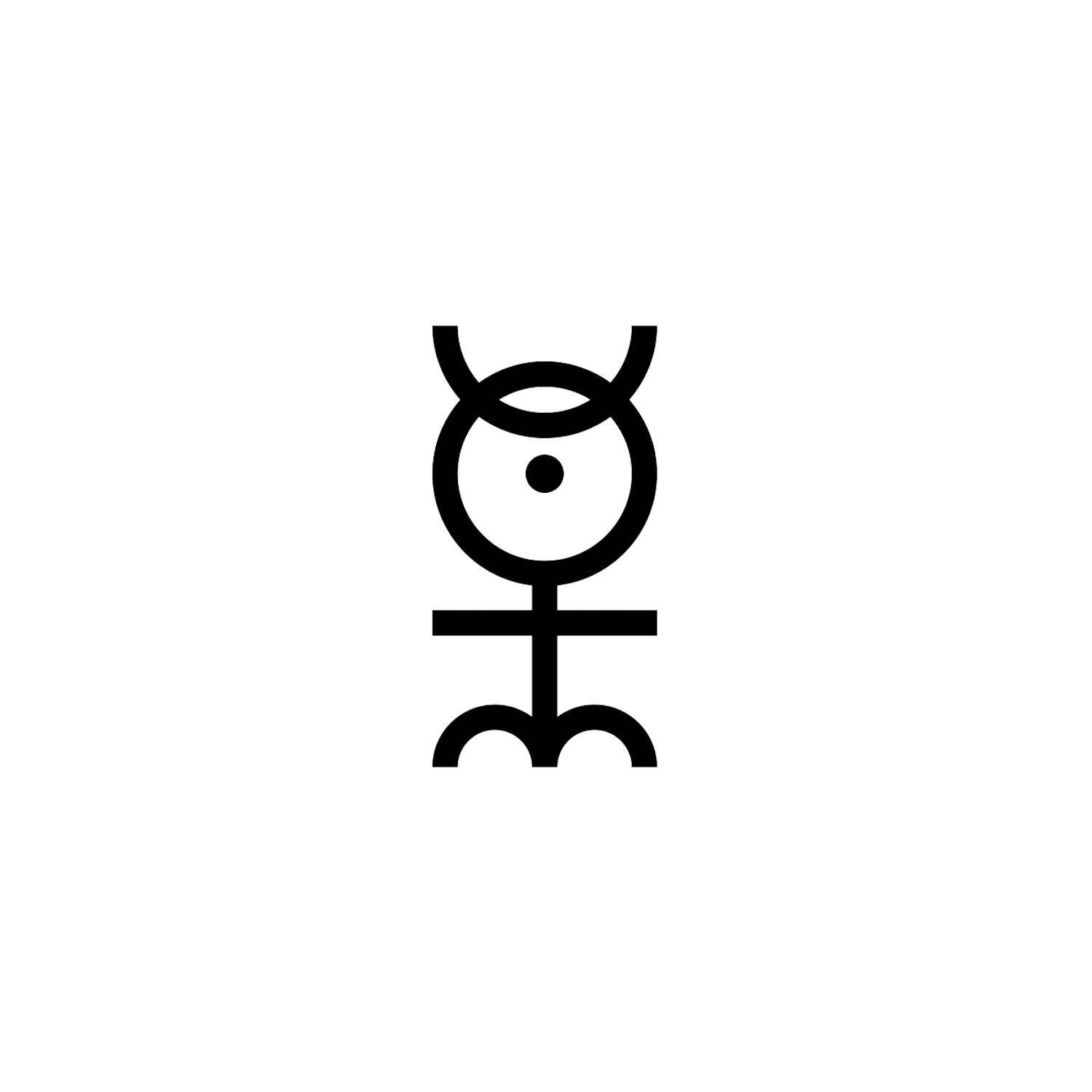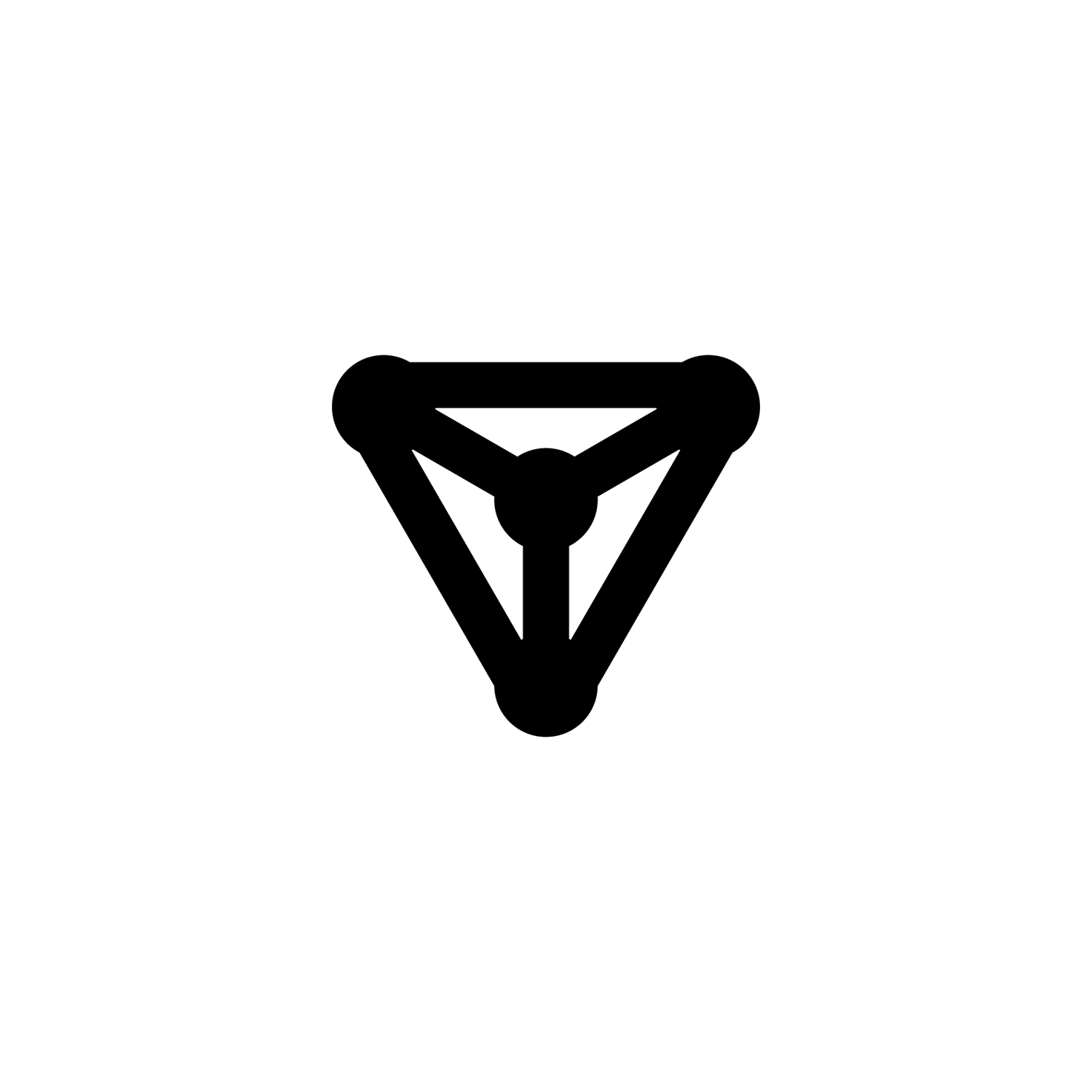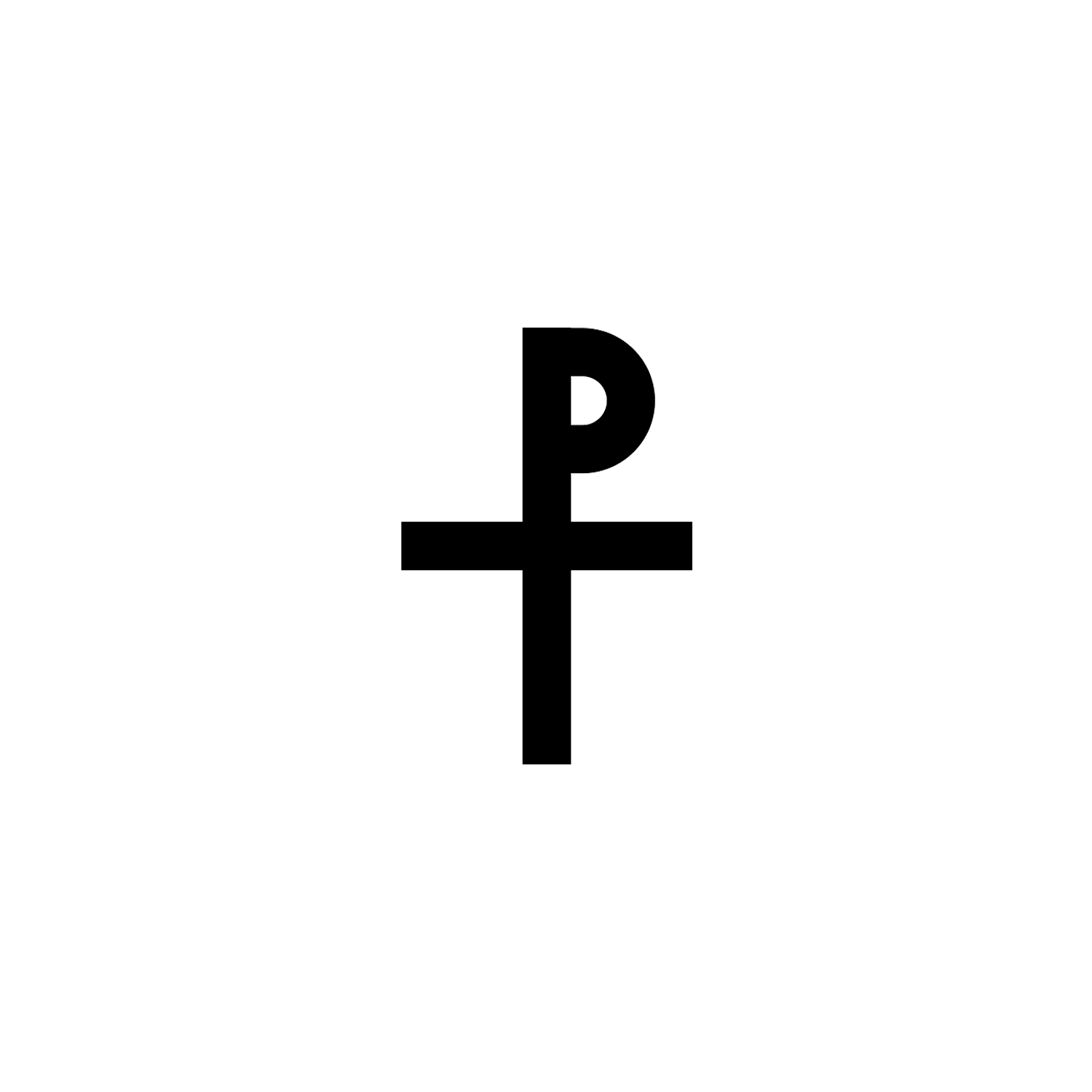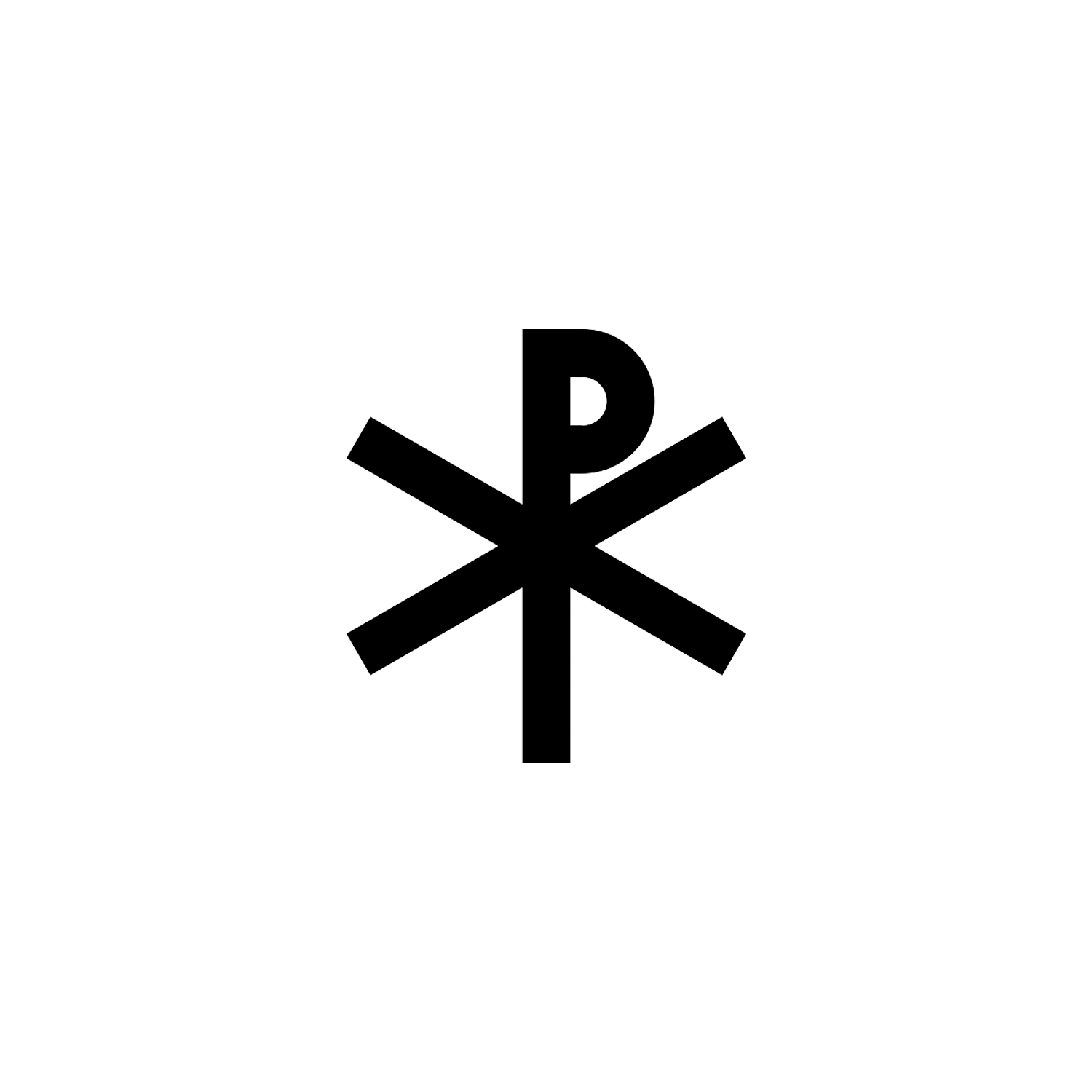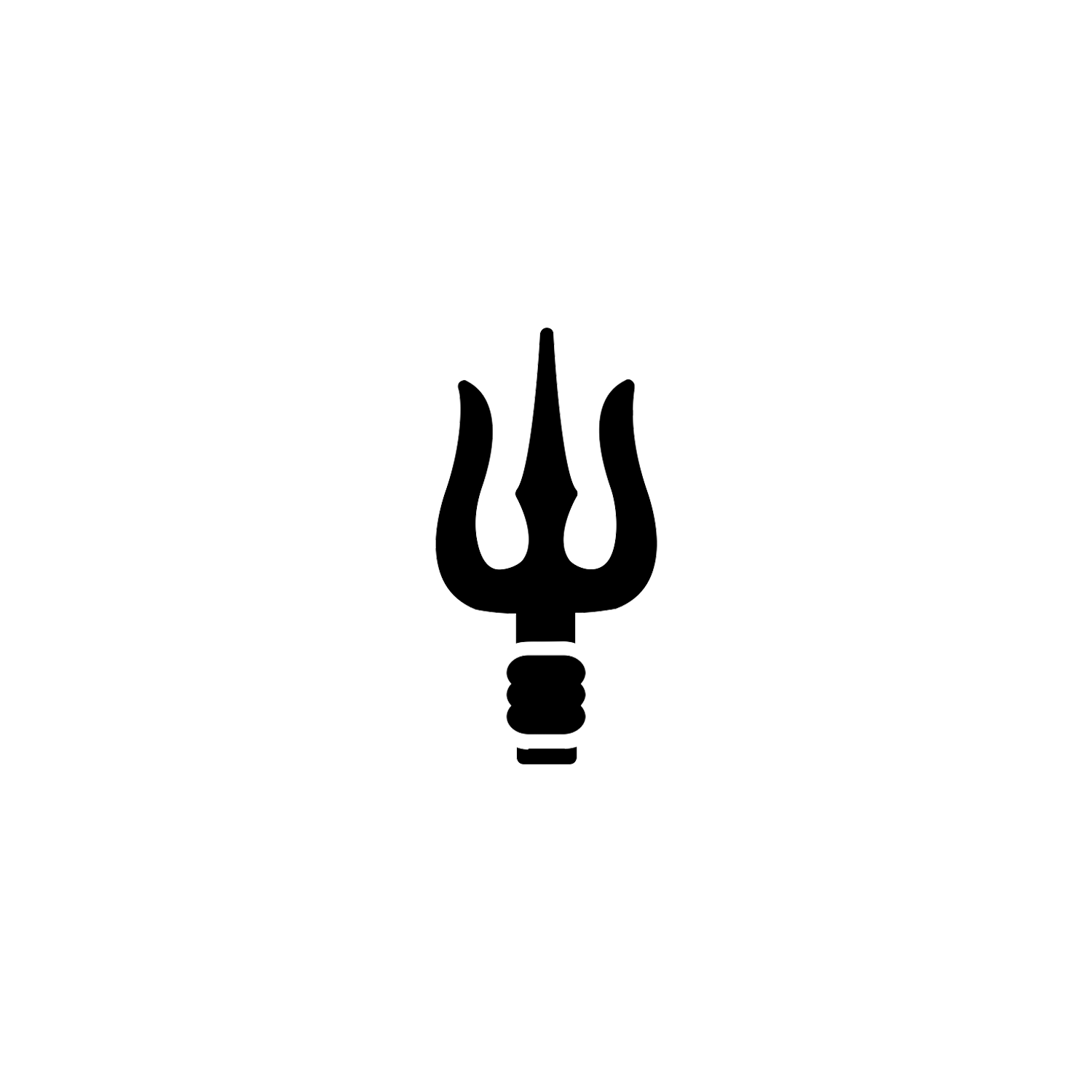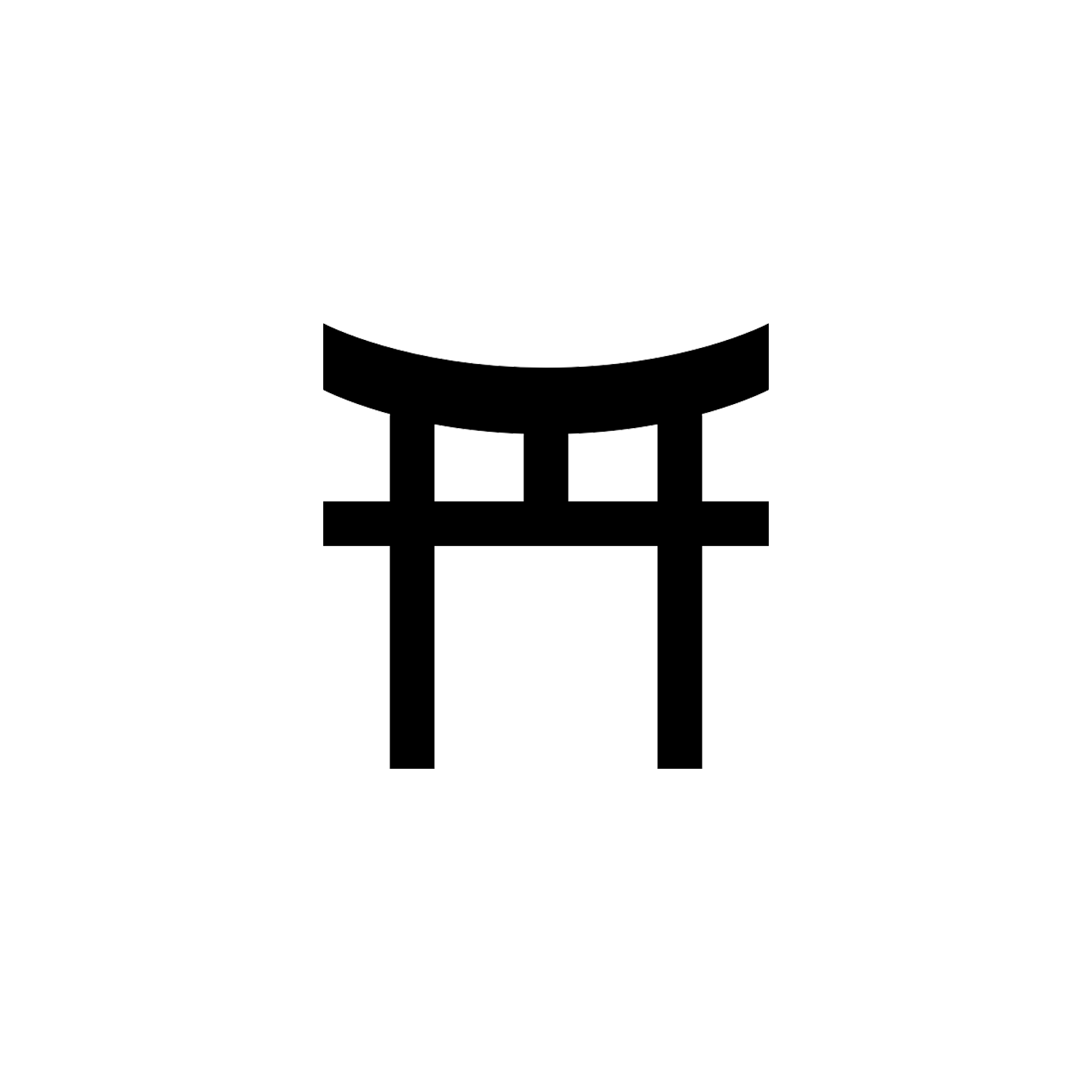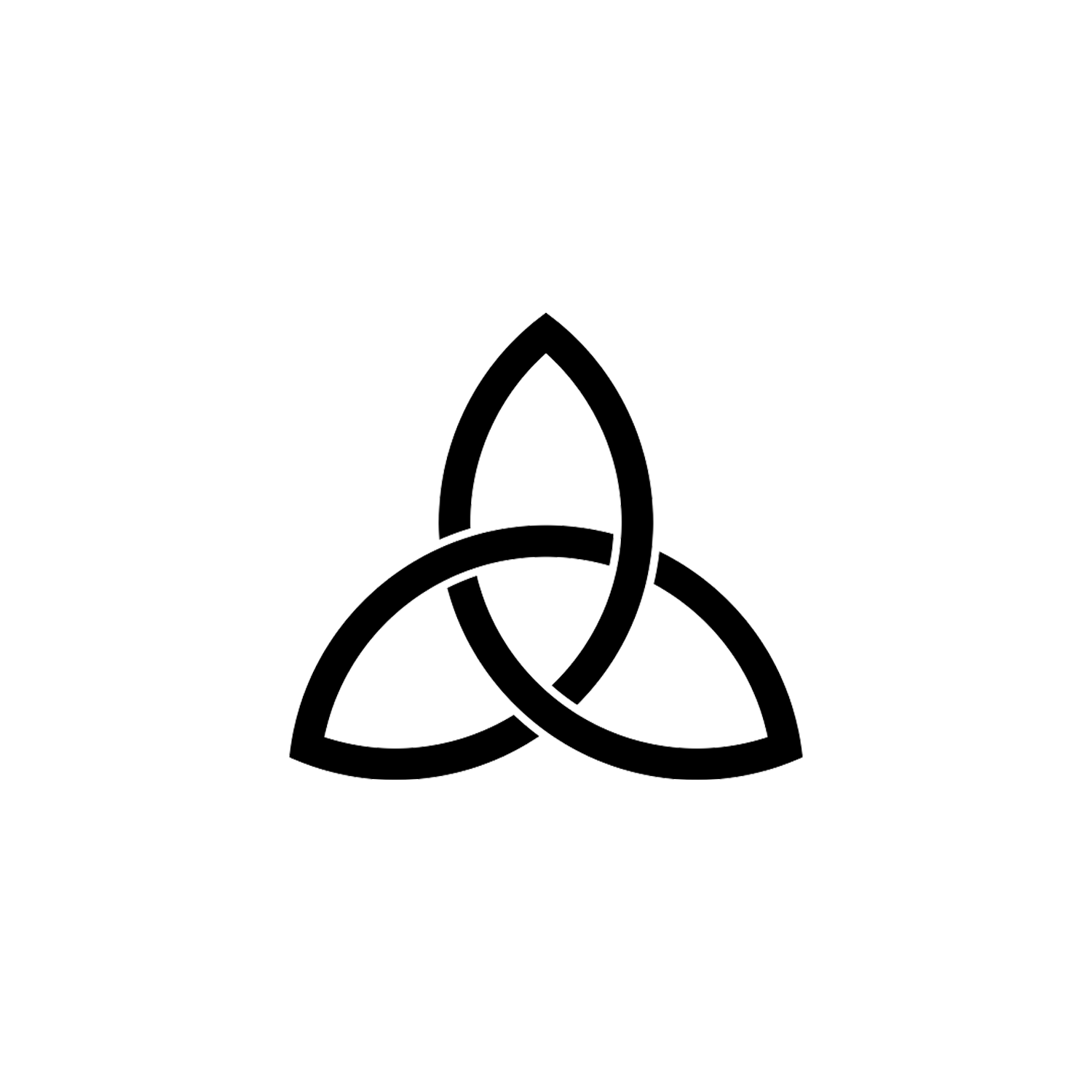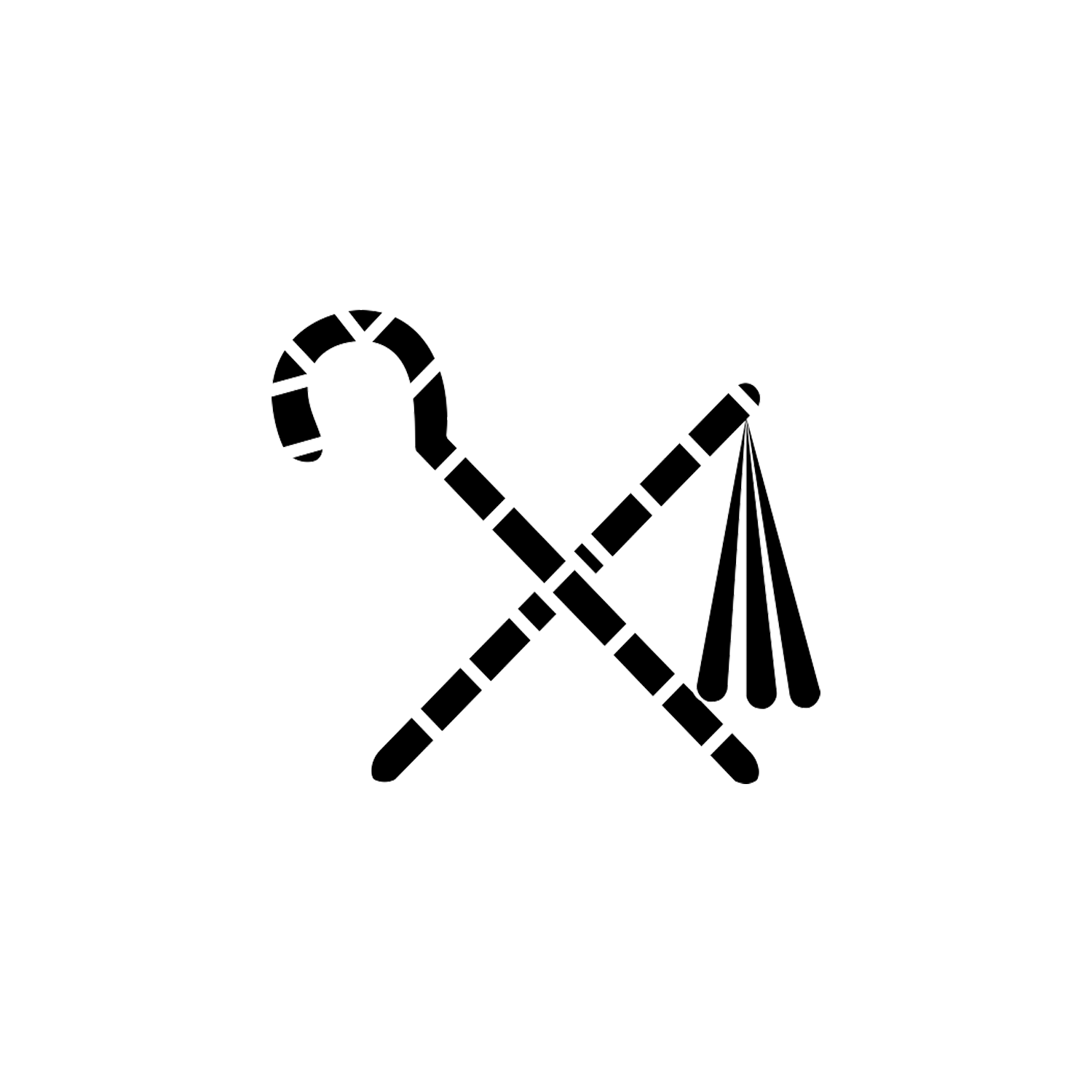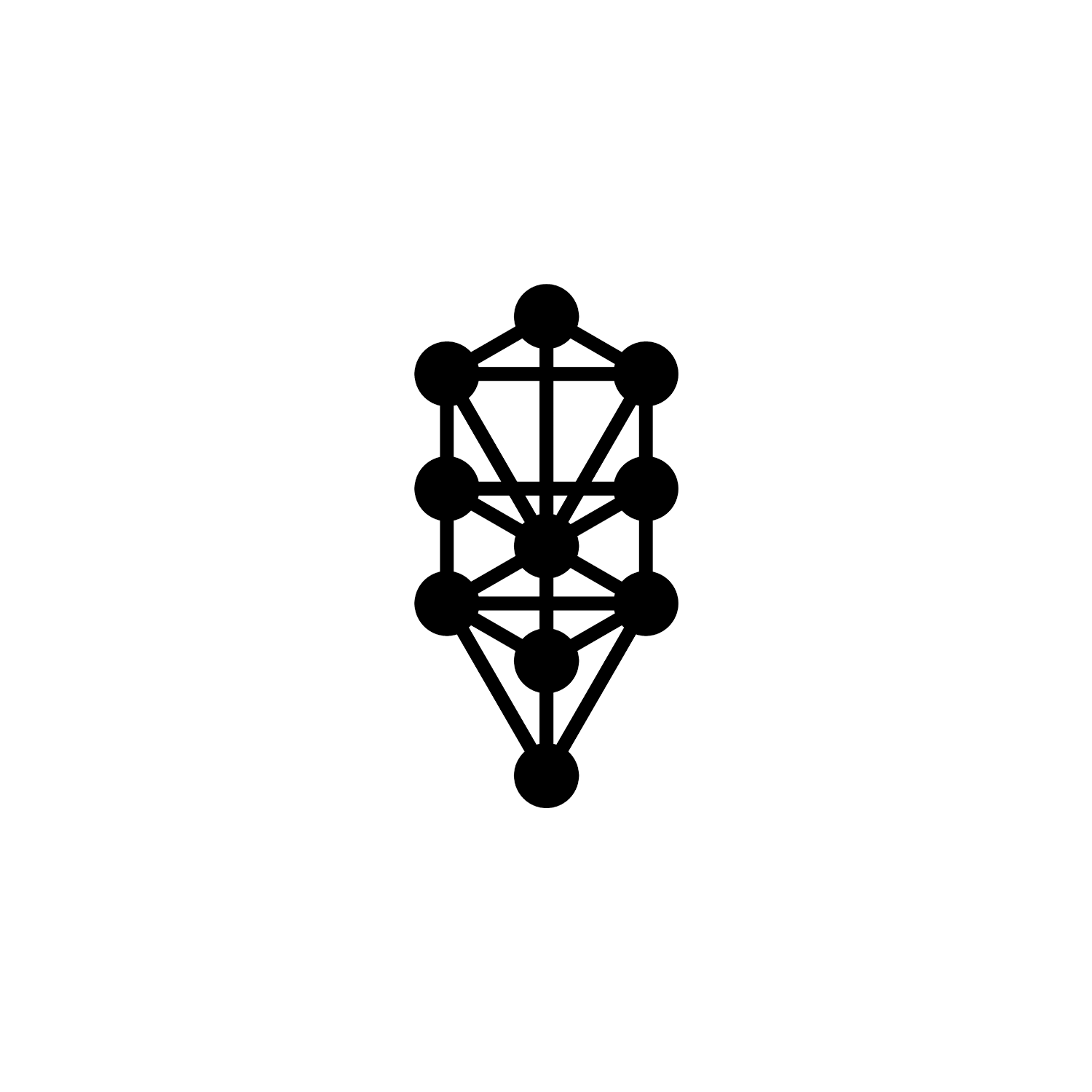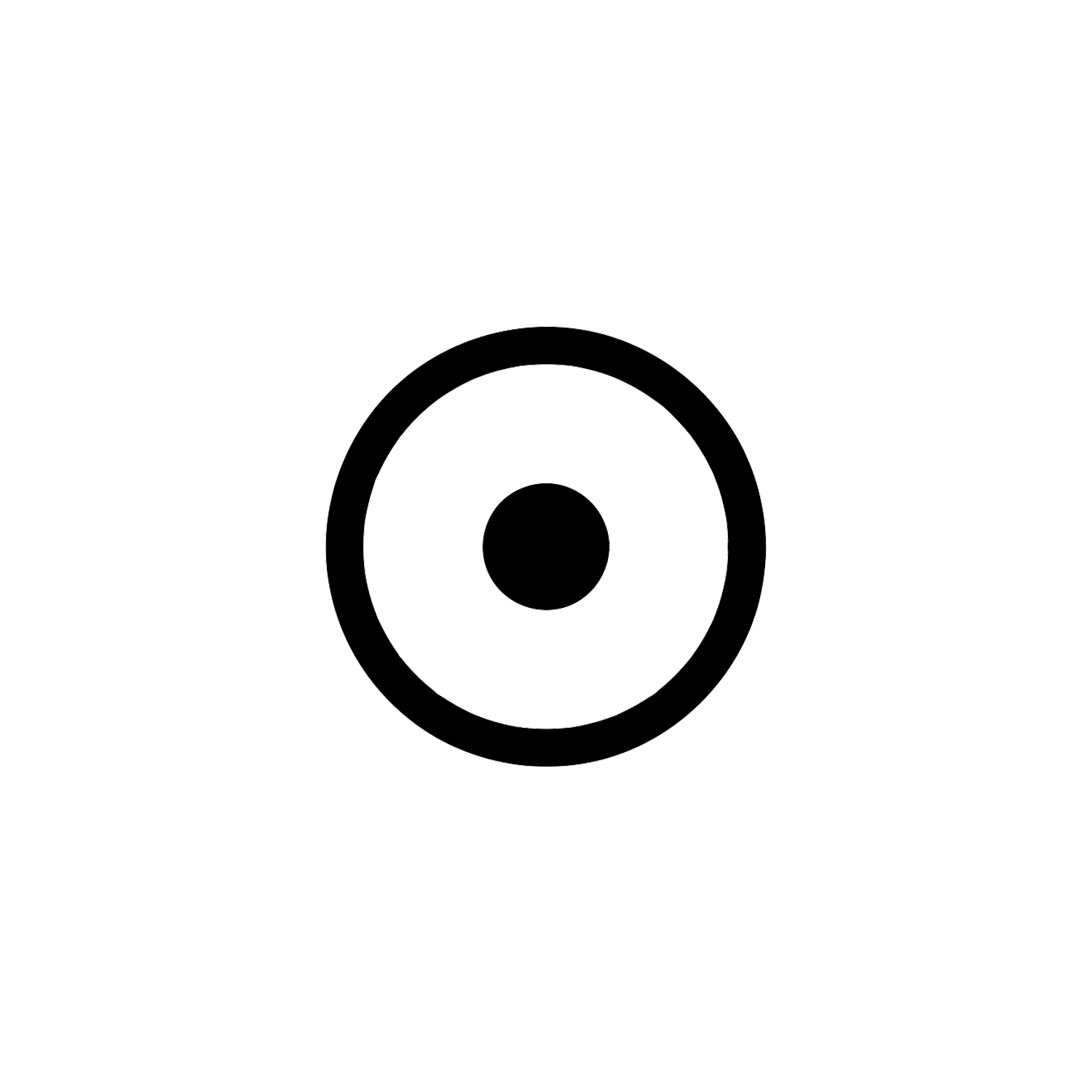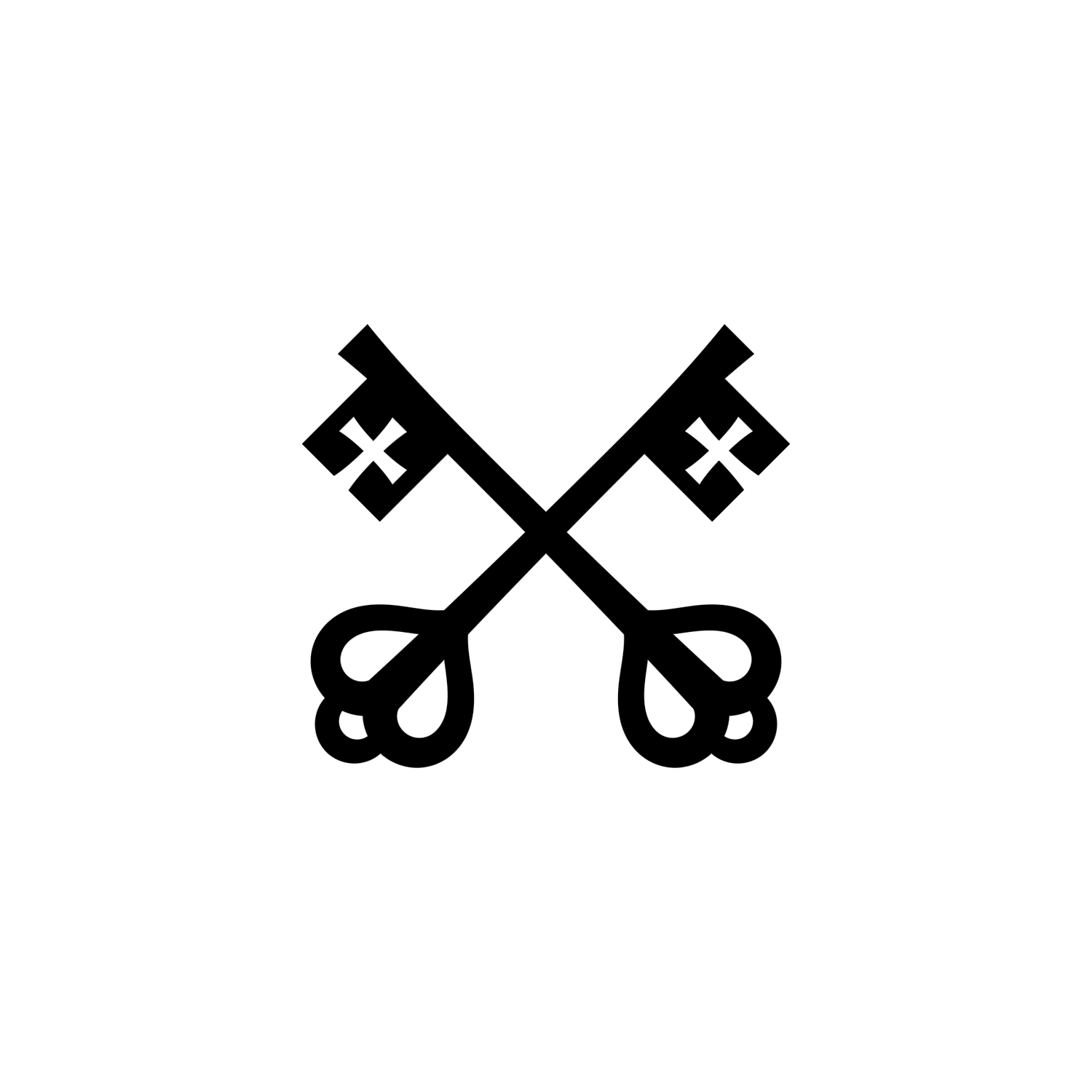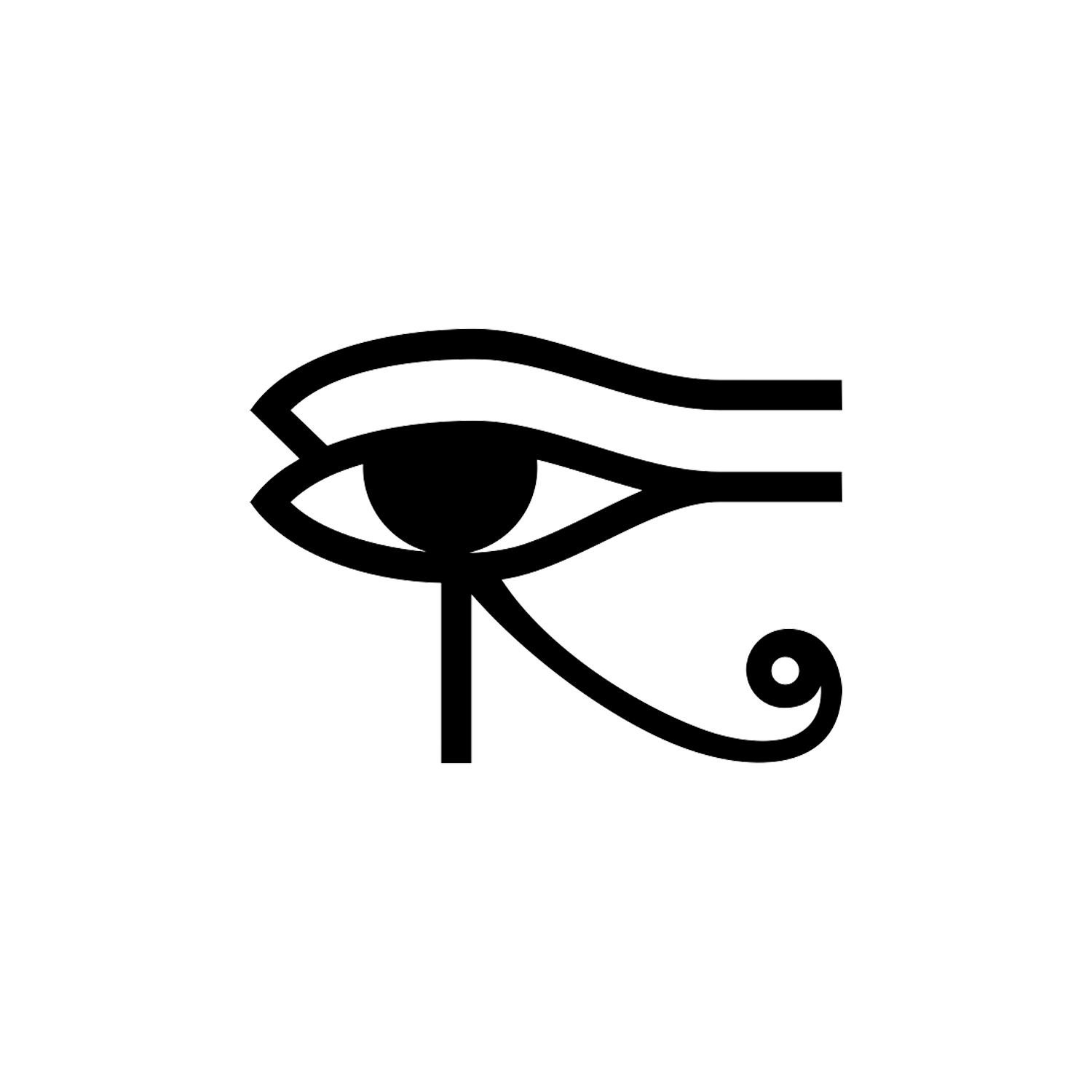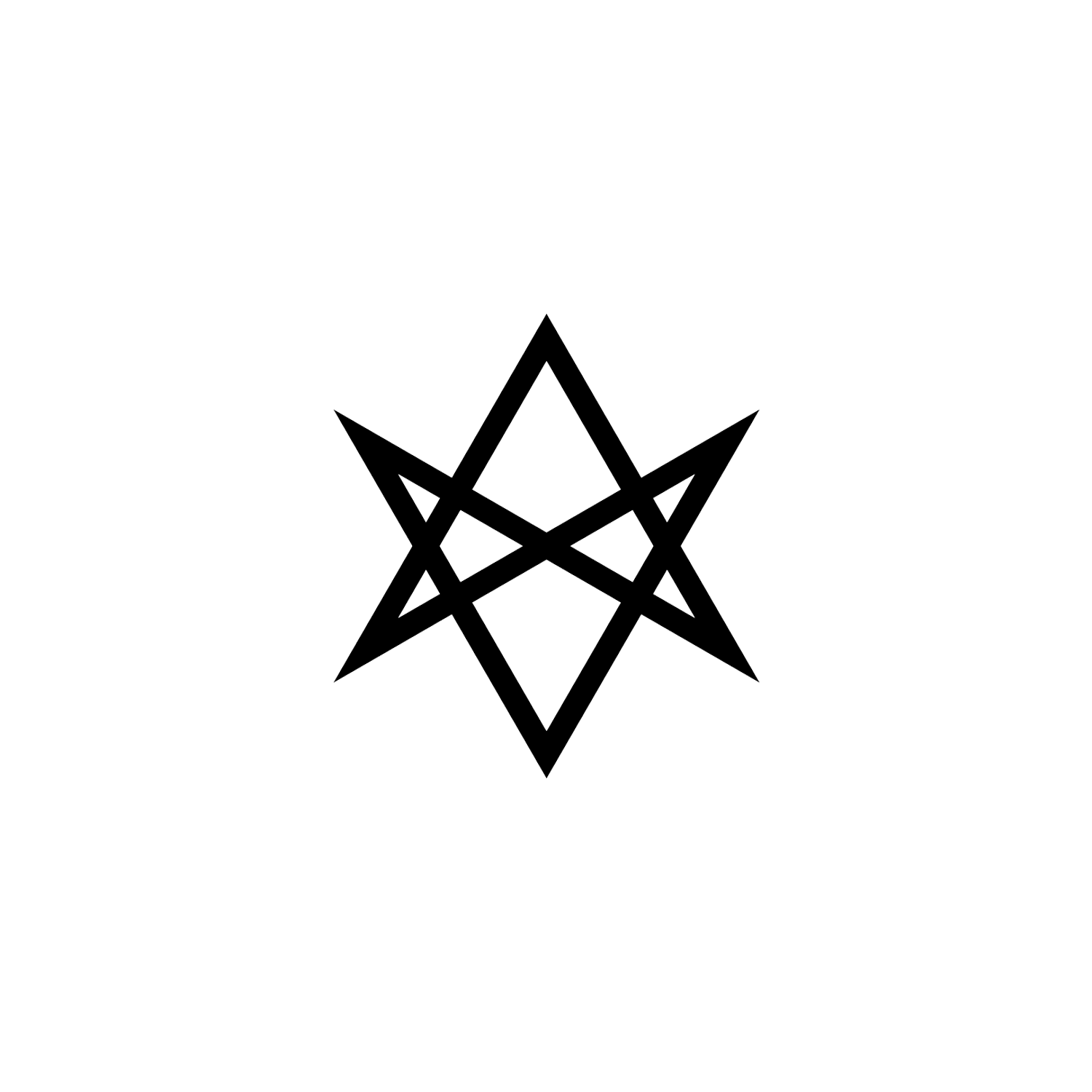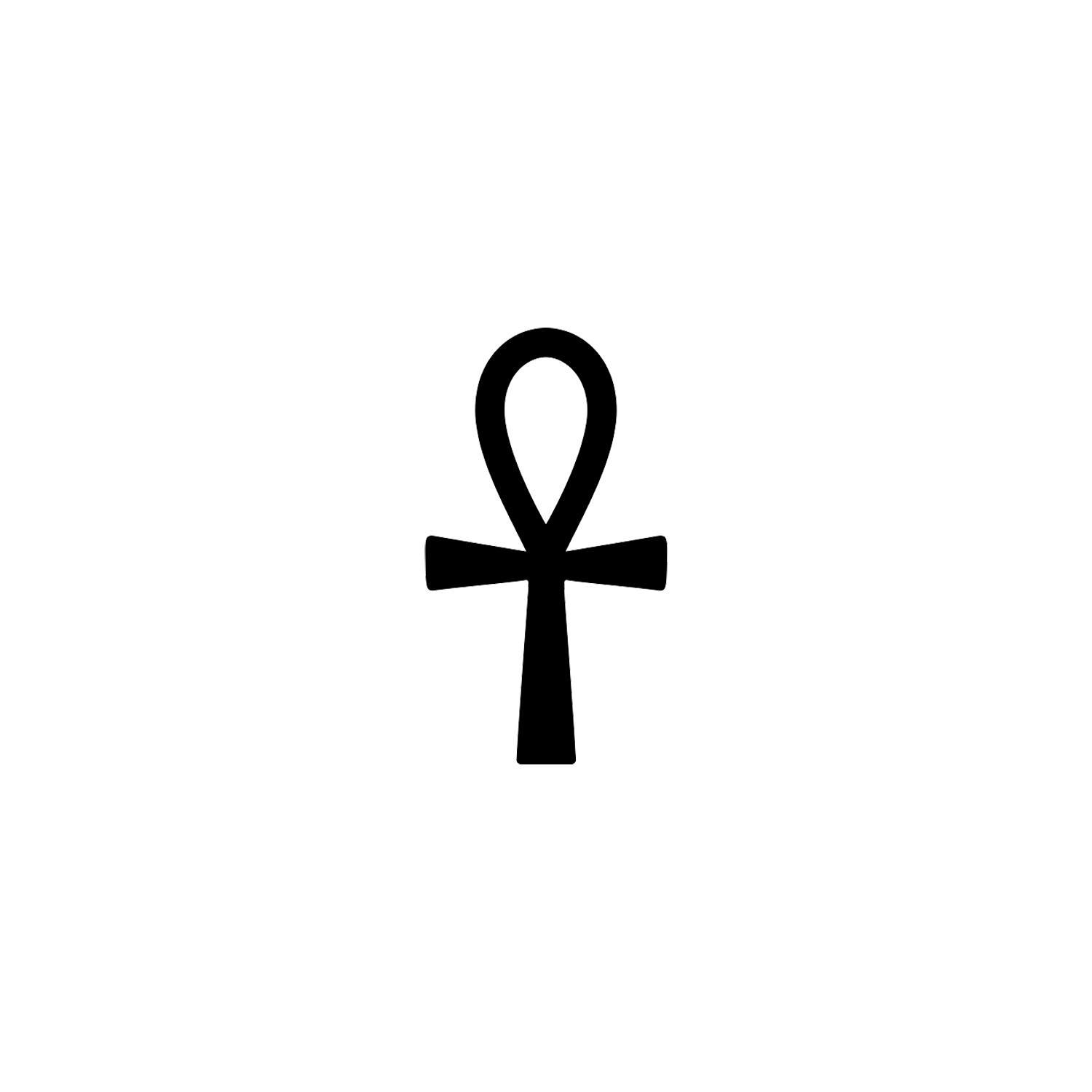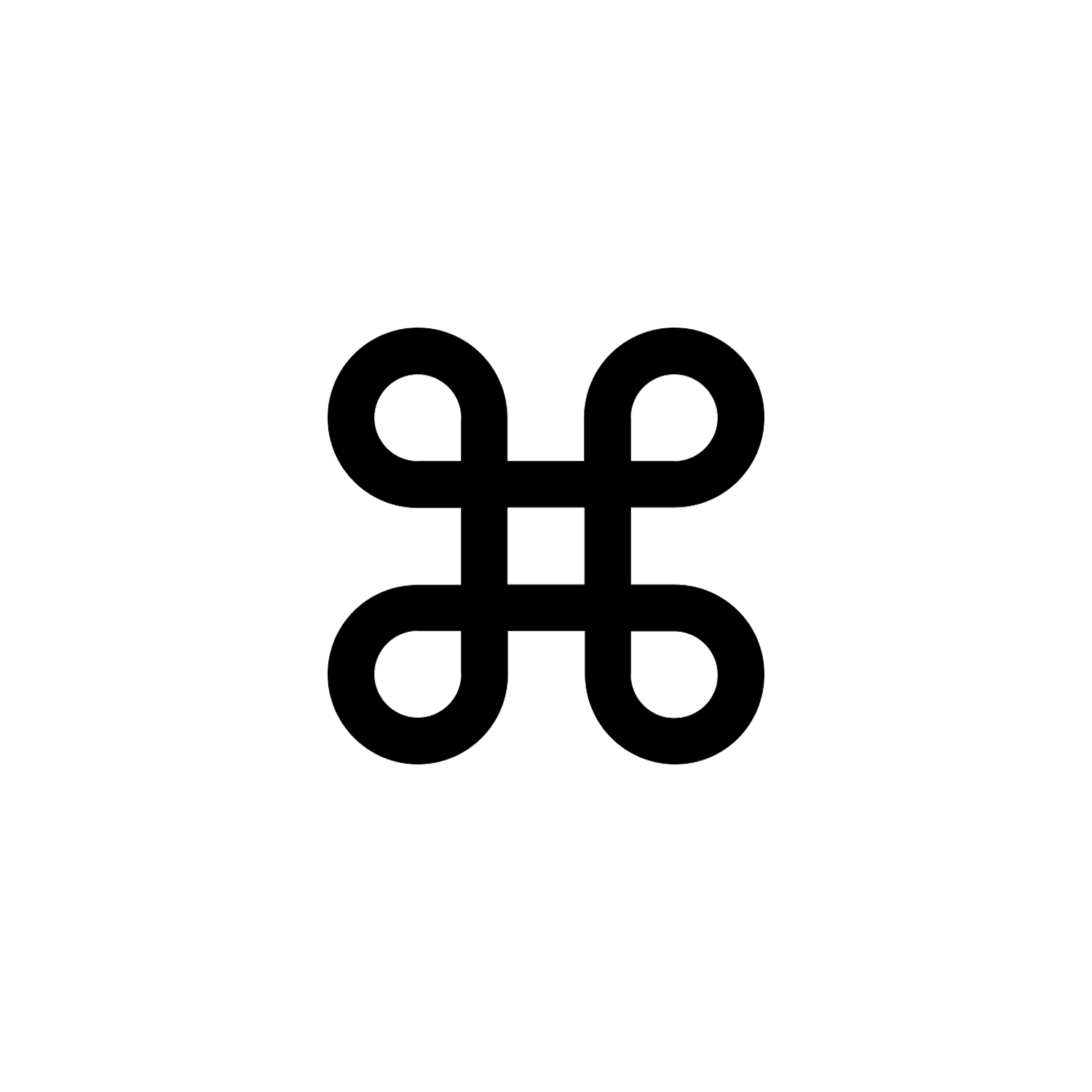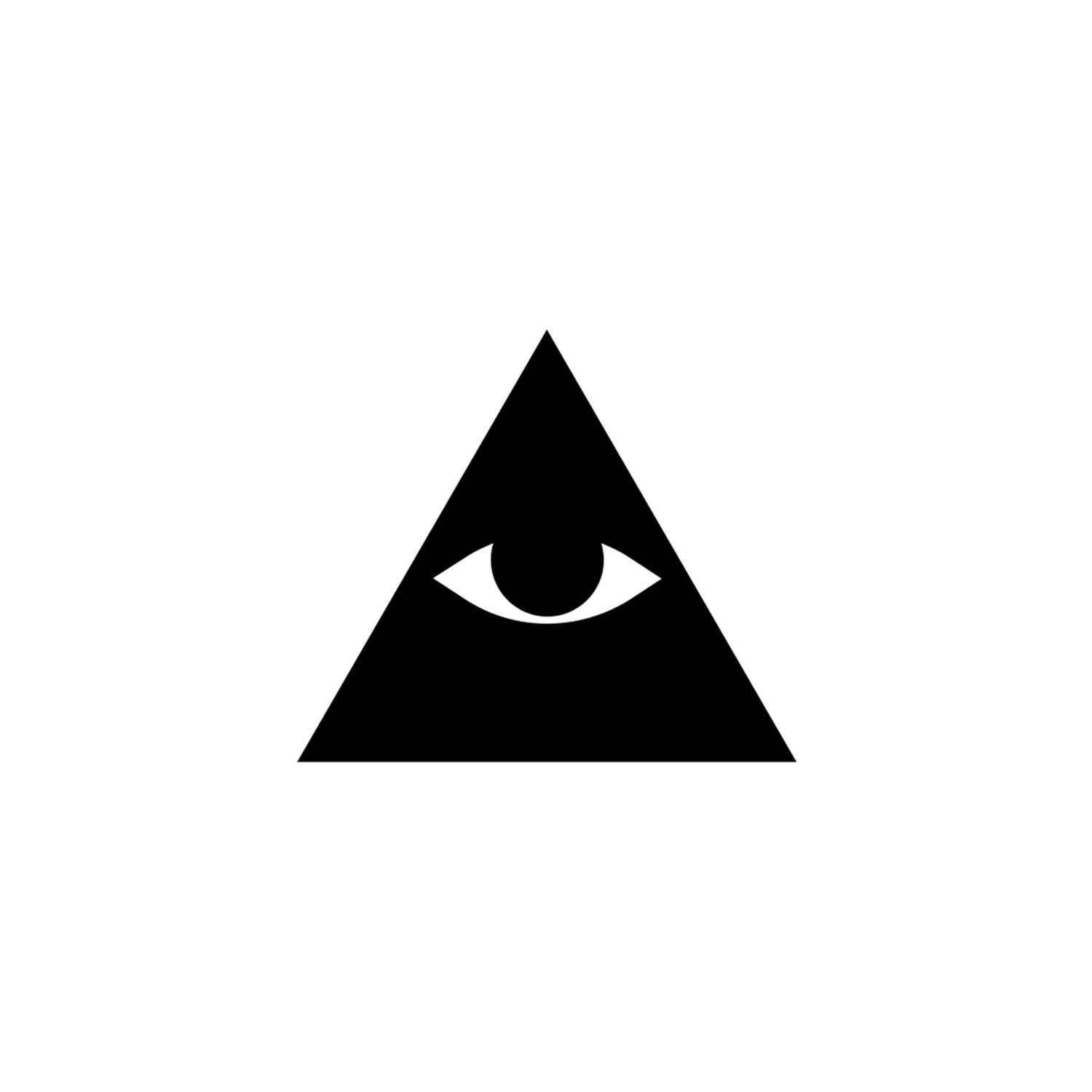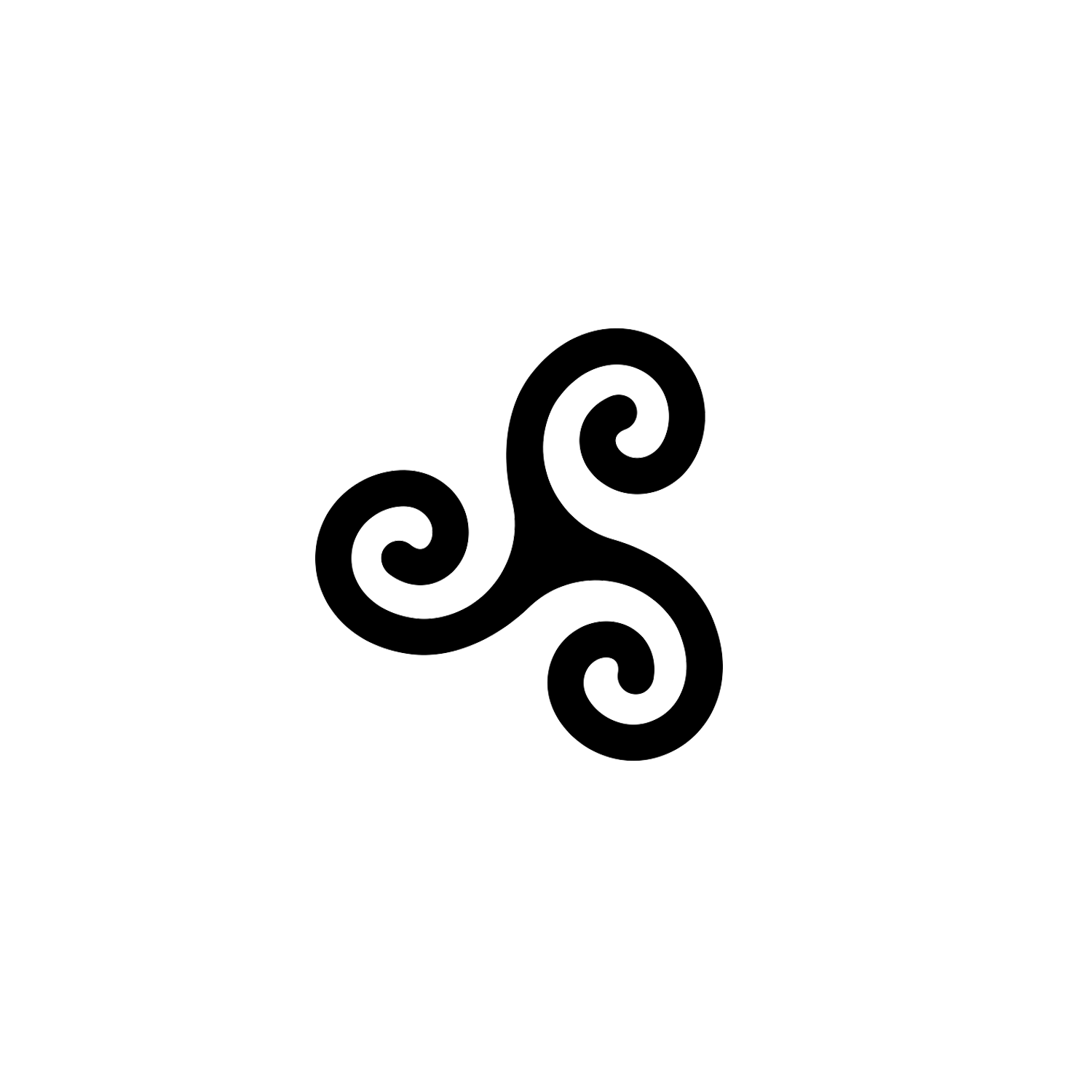Rose Cross
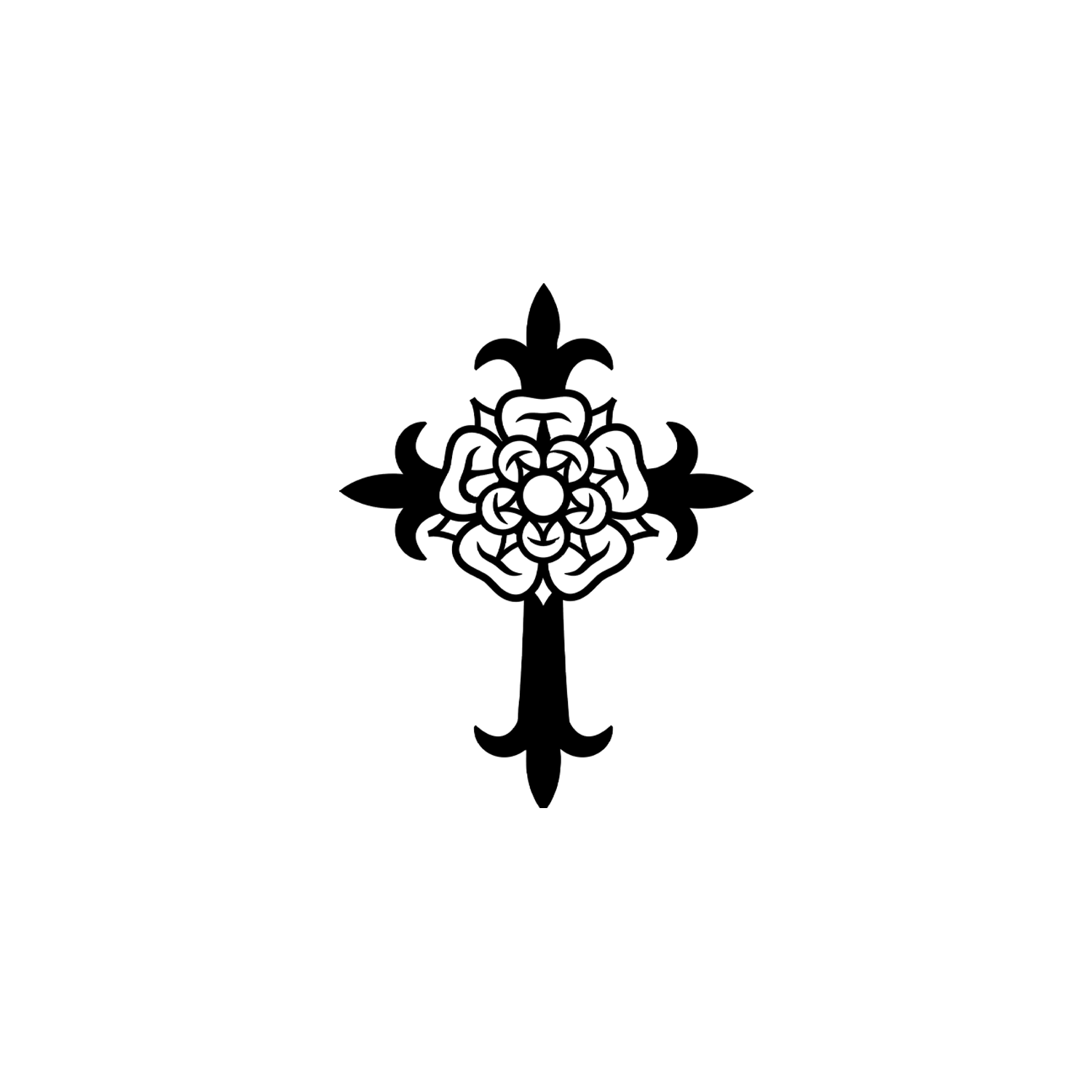

Rose Cross
Also known as Rose Croix and Rosy Cross.
Overview
The Rose Cross is a cross with a rose at its centre, which is usually red, golden or white.[1] It symbolizes the teachings of a Western esoteric tradition with Christian tenets.[2][3][4]
Origin and Meaning
The Rose Cross (also called Rose Croix and Rosy Cross) is a symbol largely associated with the legendary Christian Rosenkreuz, a Christian Kabbalist and alchemist said to have been the founder of the Rosicrucian Order.[5][6]
As a key Rosicrucian symbol, the Rosy Cross was also used by the Order of the Golden and Rosy Cross (1750s–1790s), and is still used by the Societas Rosicruciana in Anglia (1865–present).
The Rosicrucian Manifestos were written during the Protestant Reformation in Germany, and have an underlying theme of reform. In 1520, Martin Luther had a seal made with a five-petaled white rose encapsulating a heart, with a simple cross in the centre. Johannes Valentinus Andreae, a likely candidate for the authorship of the third Rosicrucian manifesto, the Chymical Wedding of Christian Rosenkreutz, came from a family whose crest featured an X-shaped cross with roses in the four corners.

Many allegorical and esoteric explanations for the Rose Cross have arisen over the centuries. Some groups, such as the Ancient and Mystical Order Rosae Crucis, purport that the rosy cross predates Christianity, where “the cross represents the human body and the rose represents the individual’s unfolding consciousness.[7]
It has also been suggested that the rose represents silence while the cross signifies “salvation, to which the Society of the Rose-Cross devoted itself by teaching mankind the love of God and the beauty of brotherhood, with all that they implied.”[8]
Others saw the Rosy Cross as a symbol of the human process of reproduction elevated to the spiritual:
“The fundamental symbols of the Rosicrucians were the rose and the cross; the rose female and the cross male, both universal phallic […] As generation is the key to material existence, it is natural that the Rosicrucians should adopt as its characteristic symbols those exemplifying the reproductive processes. As regeneration is the key to spiritual existence, they therefore founded their symbolism upon the rose and the cross, which typify the redemption of man through the union of his lower temporal nature with his higher eternal nature.”[9]

It is further a symbol of the Philosopher’s Stone, the ultimate product of the alchemist.[10]
Rosicrucianism
Between 1614 and 1617, three anonymous manifestos were published, first in Germany and soon after throughout Europe:[11] the Fama Fraternitatis RC (The Fame of the Brotherhood of RC, 1614), the Confessio Fraternitatis (The Confession of the Brotherhood of RC, 1615), and the Chymical Wedding of Christian Rosicross anno 1459 (1617).

The Fama Fraternitatis presents the legend of a German doctor and mystic philosopher referred to as “Father Brother C.R.C.” (later identified in a third manifesto as Christian Rosenkreuz, or “Rose-cross”). The year 1378 is presented as being the birth year of “our Christian Father,” and it is stated that he lived 106 years.
After studying in the Middle East under various masters, possibly adhering to Sufism,[12] he was unable to spread the knowledge he had acquired to prominent European scientists and philosophers. Instead, he gathered a small circle of friends/disciples and founded the Rosicrucian Order (this can be deduced to have occurred around 1407).
During the lifetime of C.R.C., the order was said to comprise no more than eight members, each a doctor and “all bachelors of vowed virginity.”[13] Each member undertook an oath to heal the sick without accepting payment, to maintain a secret fellowship, and to find a replacement for himself before he died.
Three such generations had supposedly passed between c. 1500 and c. 1600: a time when scientific, philosophical, and religious freedom had grown so that the public might benefit from the Rosicrucians’ knowledge, so that they were now seeking good men.[14]
The manifestos were, and continue to be, not taken literally by many but rather regarded either as hoaxes or as allegorical statements. They state: “We speak unto you by parables, but would willingly bring you to the right, simple, easy, and ingenuous exposition, understanding, declaration, and knowledge of all secrets.”[15]
The first Rosicrucian manifesto was influenced by the work of the respected hermetic philosopher Heinrich Khunrath, of Hamburg, author of the Amphitheatrum Sapientiae Aeternae (1609), who was in turn influenced by John Dee, author of the Monas Hieroglyphica (1564).[16] The invitation to the royal wedding in the Chymical Wedding of Christian Rosenkreutz opens with Dee’s philosophical key, the Monas Hieroglyphica symbol. The writer also claimed the brotherhood possessed a book that resembled the works of Paracelsus. Adam Haslmayr a friend of Karl Widemann wrote him a letter about Rosicrucian people who revealed the Theophrastiam 24 December 1611.[17]
The Confessio Fraternitatis (Confessio oder Bekenntnis der Societät und Bruderschaft Rosenkreuz), or simply The Confessio, printed in Kassel (Germany) in 1615, is the second anonymous manifestos, of a trio of Rosicrucian pamphlets, declaring the existence of a secret brotherhood of alchemists and sages who were interpreted, by the society of those times, to be preparing to transform the political and intellectual landscape of Europe.
The Chymical Wedding of Christian Rosenkreutz (German: Chymische Hochzeit Christiani Rosencreutz anno 1459) is a German book edited in 1616 in Strasbourg. Its anonymous authorship is attributed to Johann Valentin Andreae. The Chymical Wedding is often described as the third of the original manifestos of the mysterious “Fraternity of the Rose Cross” (Rosicrucians), although it is markedly different from the Fama Fraternitatis and Confessio Fraternitatis in style and in subject matter.
It is an allegoric romance (story) divided into Seven Days, or Seven Journeys, like Genesis, and recounts how Christian Rosenkreuz was invited to go to a wonderful castle full of miracles, in order to assist the Chymical Wedding of the king and the queen, that is, the husband and the bride.
In the early 17th century, the manifestos caused excitement throughout Europe by declaring the existence of a secret brotherhood of alchemists and sages who were preparing to transform the arts and sciences, and religious, political, and intellectual landscapes of Europe. Wars of politics and religion ravaged the continent. The works were re-issued several times, followed by numerous pamphlets, favorable or otherwise. Between 1614 and 1620, about 400 manuscripts and books were published which discussed the Rosicrucian documents.
The Order of the Golden and Rosy Cross (Orden des Gold- und Rosenkreutz, also the Fraternity of the Golden and Rosy Cross), was a German Rosicrucian organization founded in the 1750s by Freemason and alchemist Hermann Fictuld.[18] Candidates were expected to be Master Masons in good standing. Alchemy was to be a central study for members.[19] Much of the hierarchical structure for this order was used in Societas Rosicruciana in Anglia (SRIA) and from there, the Hermetic Order of the Golden Dawn.[20]
Their ten-grade system went on to influence Masonic and Hermetic initiatory groups, such as the SRIA (Societas Rosicruciana in Anglia).
The Rosicrucian manifestos tell an allegorical story of the Rosicrucian Brotherhood, founded in the early 14th century, or between the 13th and 14th centuries,[21] as an Invisible College of mystic sages, by a sage having the symbolic name of Christian Rosenkreuz in order “to prepare a new phase of the Christian religion to be used during the coming age now at hand, for as the world and man evolve so also must religion change”.[22]

Paracelsus, a notable alchemist who was called the “Luther of Medicine”,[24] describes these mystics sages as “persons who have been exalted (verzueckt) to God, and who have remained in that state of exaltation, and have not died (…) nobody knew what became of them, and yet they remained on the earth”.[25]
Some modern Rosicrucian groups[26] suggest that the Rosicrucian Order has been active since the beginning of the Renaissance period, not only as an hermetic Order, but also through forerunners – geniuses of the western world, sometimes also known to be Freemasons – in the literary,[27][28] cultural, ethical, political, religious and scientific fields.
In the late 18th century, Karl von Eckartshausen, a German Christian mystic, described the true Adepts of the Rose Cross in the following terms: “These sages, whose number is small, are children of light, and are opposed to darkness. They dislike mystification and secrecy; they are open and frank, have nothing to do with secret societies and with external ceremonies. They possess a spiritual temple, in which God is presiding”.[29]
Later, in the early 20th century, Max Heindel, a Rosicrucian Initiate, believed that the roots of the Brothers of the Rose Cross, immersed in the western mystery tradition, are almost impossible to be traced as “theirs is a work which aims to encourage the evolution of humanity, they have labored far back into antiquity—under one guise or another”.[30]

The Fraternity of the Golden and Rosy Cross was founded in the 1750s, but it is not certain when it came into existence. Many documents and books mention it from the eighteenth century. For instance, Frater U∴D∴ believes that in 1710, the idea for the order was born with the publication of Sigmund Richter’s (using the name Sincerus Renatus) “The perfect and true preparation of the Philosophers Stone according to the secret of the Brotherhoods of the Golden and Rosy Cross.”[31]
By the 1770s, the order had centers in Berlin, Hamburg, Frankfurt am Main, Regensburg, Munich, Vienna, Prague, Poland, Hungary, and Russia.[32] The order slowly began to decline after the death of King William II.

In his 1618 pamphlet, Pia et Utilissima Admonitio de Fratribus Rosae Crucis, Henrichus Neuhusius wrote that the Rosicrucians departed for the east due to European instability caused by the start of the Thirty Years’ War.
In 1710, Sigmund Richter, founder of the secret society of the Golden and Rosy Cross, also suggested the Rosicrucians had migrated eastward.
In the first half of the 20th century, René Guénon, a researcher of the occult, presented this same idea in some of his works.[33] Arthur Edward Waite, an eminent author of the 19th century, presented arguments contradicting this idea.[34] It was in this fertile field of discourse that many Rosicrucian societies arose. They were based on the occult, inspired by the mystery of this “College of Invisibles”.
Important to note that around 1530, more than eighty years before the publication of the first manifesto, the association of the cross and rose already existed in Portugal in the Convent of the Order of Christ, home of the Knights Templar, later renamed Order of Christ. Three bocetes were, and still are, on the abóboda (vault) of the initiation room. The rose can clearly be seen at the center of the cross.[35][36]
At the same time, a minor writing by Paracelsus called Prognosticatio Eximii Doctoris Paracelsi (1530), containing 32 prophecies with allegorical pictures surrounded by enigmatic texts, makes reference to an image of a double cross over an open rose; this is one of the examples used to prove the “Fraternity of the Rose Cross” existed far earlier than 1614.[37]
Freemasonry
Connections between Freemasonry and the Rose Cross exist from times preceding the formation of actual Grand Lodge (Landmarks of Andersen in 1717), as it is proved by the poem Threnodie of Henry Adamson (1638) “We are brethren of the Rosie Crossie, We have the Mason Word and second sight”[38]
The Rosy Cross is also a symbol found in some Masonic Christian bodies[39] and employed by individuals and groups formed during the last centuries for the study of Rosicrucianism and allied subjects,[40] but derived from the adoption of a red rose.
Members of the Scottish Rite from the 18° (degree), or Knight Rose Croix, bear the Rose Cross and Pelican, piercing its breast to feed its seven young in a nest under it. This symbol has been described in-depth in a separate article.


The Masonic Societas Rosicruciana in Anglia was founded in England in 1865 and uses the same grade system as the Gold und Rosenkreutz. The English group has since inspired other Masonic and initiatory Societas Rosicruciana organizations internationally.
Within the Southern Jurisdiction of the Scottish Rite concordant body of Freemasonry, the Eighteenth Degree is specifically concerned with the rose cross and confers the title of “Knight Rose Croix”. Of one version of the degree, Albert Pike wrote in 1871: “The Degree of Rose Cross teaches three things;—the unity, immutability and goodness of God; the immortality of the Soul; and the ultimate defeat and extinction of evil and wrong and sorrow, by a Redeemer or Messiah, yet to come, if he has not already appeared.”[41]
Thomas De Quincey in his work titled Rosicrucians and Freemasonry, suggested that Freemasonry was possibly an outgrowth of Rosicrucianism.
Ordo Templi Orientis
Ordo Templi Orientis (O.T.O.; lit. ’Order of the Temple of the East’ or ‘Order of Oriental Templars’) is an occult secret society and hermetic magical organization founded at the beginning of the 20th century. Founder and first head of the Order Carl Kellner wanted to create an Academia Masonica wherein various rites of high-degree Freemasonry could be conferred within German-speaking countries.[42]
During the course of his esoteric studies across the globe and from many traditions, Kellner believed that he had discovered a key which offered a clear explanation of all the complex symbolism of Freemasonry and of nature itself. Kellner intended that O.T.O. preserve and confer this key.
Arguably of less interest to Kellner but of importance to co-founder Reuss (who led the Order after Kellner’s death), O.T.O. was also intended to be a revival of Adam Weishaupt’s Bavarian Order of Illuminati.[43]
After the death of Reuss, English writer and occultist Aleister Crowley assumed control of the Order. Crowley had been inducted into O.T.O. by Reuss in the early 1910s. While maintaining many core elements of Freemasonry and the intentions of both Kellner and Reuss (including both concepts of an Academia Masonica and a revival of the Illuminati), O.T.O. was drastically changed by Crowley. The guiding philosophy of O.T.O. from this point on became Crowley’s self-created occult system, Thelema. With this change O.T.O. ceased its bestowal of Masonic degrees and membership requirements.[44]
The Rose Cross also has a place in the system of Ordo Templi Orientis. It is associated with the Fifth Degree, the title of which is “Sovereign Prince Rose-Croix, and Knight of the Pelican and Eagle.” Of it, Crowley writes in “An Intimation with Reference to the Constitution of the Order”:
The members of the Fifth Degree are responsible for all that concerns the Social welfare of the Order. This grade is symbolically that of beauty and harmony; it is the natural stopping-place of the majority of men and women; for to proceed farther, as will appear, involves renunciation of the sternest kind. Here then is all joy, peace, well-being on all planes; the Sovereign Prince Rose Croix is attached equally to the higher and the lower, and forms a natural link between them. Yet let him look to it that his eyes are set on high![45]
There is an entire Symbology Wiki article dedicated to the Ordo Templi Orientis, documenting the entire history, origins and meaning of the order’s symbology and practices.

Hermetic Order of the Golden Dawn
The Hermetic Order of the Golden Dawn (Latin: Ordo Hermeticus Aurorae Aureae), more commonly the Golden Dawn (Aurora Aurea), was a secret society devoted to the study and practice of occult Hermeticism and metaphysics during the late 19th and early 20th centuries. Known as a magical order, the Hermetic Order of the Golden Dawn was active in Great Britain and focused its practices on theurgy and spiritual development. Many present-day concepts of ritual and magic that are at the centre of contemporary traditions, such as Wicca[46] and Thelema, were inspired by the Golden Dawn, which became one of the largest single influences on 20th-century Western occultism.[47][48]
The Hermetic Order of the Golden Dawn was founded by three members of the SRIA, and made use of the rosy cross as well, including ‘The Ritual of the Rose Cross,” designed for spiritual protection and as preparation for meditation. Based on the Rosicrucian symbolism of the Red Rose and the Cross of Gold, it is also a key symbol of the Golden Dawn’s Second Order.
According to Israel Regardie, the Golden Dawn rosy cross contains attributes for the Elements, Planets, Zodiac, Hebrew alphabet, alchemical principles, the hexagram and pentagram, the Sefirot of the Tree of Life, and the formula of INRI. On the back side of the rosy cross is inscribed the motto of the Zelator Adeptus Minor at the bottom, “The master Jesus Christ, God and Man” between four Maltese crosses, and in the center, written in Latin, “Blessed be the Lord our God who hath given us the Symbol Signum.

Regardie says of the rosy cross in The Golden Dawn:
The Rose-Cross is a Lamen or badge synthesizing a vast concourse of ideas, representing in a single emblem the Great Work itself—the harmonious reconciliation in one symbol of diverse and apparently contradictory concepts, the reconciliation of divinity and manhood. It is a highly important symbol to be worn over the heart during every important operation.
It is a glyph, in one sense, of the higher Genius to whose knowledge and conversation the student is eternally aspiring. In the Rituals it is described as the Key of Sigils and Rituals.
This lamen is a complete synthesis of the masculine, positive, or rainbow scale of color attributions, which is also called the Scale of the King. The four arms of the cross belong to the four elements and are colored accordingly. The white portion belongs to the Holy Spirit and the planets.
Thelema
The symbol of the rosy cross played a substantial role within the system of Thelema as developed by Aleister Crowley. In a cosmological context, the rose is Nuit, the infinitely expanded goddess of the night sky, and the cross is Hadit, the ultimately contracted atomic point. For Crowley, it was the job of the adept to identify with the appropriate symbol so to experience the mystical conjunction of opposites, which leads to attainment. In this sense, the rose cross is a grand symbol of the Great Work:
The Tau and the circle together make one form of the Rosy Cross, the uniting of subject and object which is the Great Work, and which is symbolized sometimes as this cross and circle, sometimes as the Lingam-Yoni, sometimes as the Ankh or Crux Ansata, sometimes by the Spire and Nave of a church or temple, and sometimes as a marriage feast, mystic marriage, spiritual marriage, “chymical nuptials,” and in a hundred other ways. Whatever the form chosen, it is the symbol of the Great Work.[49]
Crowley also believed that this process is reflected in the sexual act: So we need not be surprised if the Unity of Subject and Object in Consciousness which is samādhi, the uniting of the Bride and the Lamb which is Heaven, the uniting of the Magus and the god which is Evocation, the uniting of the Man and his Holy Guardian Angel which is the seal upon the work of the Adeptus Minor, is symbolized by the geometrical unity of the circle and the square, the arithmetical unity of the 5 and the 6, and (for more universality of comprehension) the uniting of the Lingam and the Yoni, the Cross and the Rose. For as in earth-life the sexual ecstasy is the loss of self in the Beloved, the creation of a third consciousness transcending its parents, which is again reflected into matter as a child; so, immeasurably higher, upon the Plane of Spirit, Subject and Object join to disappear, leaving a transcendent unity. This third is ecstasy and death; as below, so above.[50]

The rosy cross is further symbolic of the grade of Adeptus Minor in the A∴A∴, the Qabalistic sphere of Tiphareth on the Tree of Life, the magical formula INRI, and the concepts of Light (LVX) and Life.[51]
Fellowship of the Rosy Cross
The Fellowship of the Rosy Cross is a Christian mystical organization established by Arthur Edward Waite in England in 1915. It developed after the end of Independent and Rectified Rite of the Golden Dawn. Waite made its rites to reflect his interest in the history of the Rosicrucian Order, Freemasonry, and Christian mystical teachings through the ages. Most of its members were Freemasons or theosophists. One of its most noted members was the novelist Charles Williams who was a member from 1917 to at least 1928 and possibly later.[52] There were plans to establish a branch in the United States, but they appear never to have been fulfilled. The order is still in England today.[53][54] Arthur Edward Waite wrote also a book entitled The Brotherhood of the Rosy Cross, which presents the brotherhood as a Christian order dating from the Middle Ages.

Modern Groups
One modern form of the Rosie Cross is found in a Rosicrucian Christian symbol that places a crown of red roses ennobling a white rose at the centre of the cross; radiating behind is the golden five-pointed star, an allusion also to ‘the Five Points of Fellowship’.[55] It is the symbol of the fraternity that has prepared a great lodge for the Brethren to be gathered.[56]
The Ancient and Mystical Order Rosae Crucis, commonly known as AMORC, is the largest Rosicrucian group today, with twenty-three Grand Lodges or Jurisdictions worldwide.[57] There are two primary versions used by AMORC. One is a Gold Latin Cross with a Rose at its center. Another is a downward pointing triangle with a Greek (equilateral) Cross inscribed within the triangle and a top oval reminiscent of an Egyptian Ankh. In both cases the symbolism suggests that “together, the rose and cross represent the experiences and challenges of a thoughtful life well-lived.”[58] In addition, the Gold Latin Cross version represents the human person with arms outstretched in worship, with the rose at its center as the unfoldment of the human soul over many lifetimes of work.[59] Variations on the Rose Cross used by AMORC:


Conclusion
The Rose Cross, a symbol associated primarily with Rosicrucianism, holds meaning for many other orders and secret societies.
With interprerations of it varying so vastly, the only meaningful way to approach its significance is to understand the historical associations and uses.
[1] Pike (1871), p. 822, XXX: Knight Kadosh: "Commentaries and studies have been multiplied upon the Divine Comedy, the work of DANTE, and yet no one, so far as we know, has pointed out its especial character. [...] His Hell is but a negative Purgatory. His Heaven is composed of a series of Kabalistic circles, divided by a cross, like the Pantacle of Ezekiel. In the centre of this cross blooms a rose, and we see the symbol of the Adepts of the Rose-Croix for the first time publicly expounded and almost categorically explained."
[2] Weber, Charles (1995). "Rosicrucianism and Christianity". Rays from the Rose Cross.
[3] Bamford, Christopher (1999). "The Meaning of the Rose Cross". The Rosicrucian Enlightenment Revisited. Lindisfarne Books. ISBN 0940262843.
[4] Martin, Pierre (2017). Lodges, Orders and the Rosicross: Rosicrucianism in Lodges, Orders and Initiatic Societies since the early 16th century. Edition Oriflamme. ISBN 978-3952426258.
[5] German language original: 'Die Bruderschaft des Ordens der Rosenkreuzer', Fama Fraternitatis, 1614 [manuscripts in circulation since ca. 1610]; 'Bruderschaft Rosenkreuz', Confessio Fraternitatis, 1615
[6] Heindel, Max (1909) [1908–1919]. "Christian Rosenkreuz and the Order of Rosicrucians".
[7] "Our Traditional and Chronological History". AMORC.
[8] Baxter, James. "Sir Francis Bacon and The Rosy Cross". Archived from the original on 2004-10-30.
[9] Hall, Manly Palmer (1928). The Secret Teachings of All Ages: An Encyclopedic Outline of Masonic, Hermetic, Quabbalistic and Rosictucian Symbolical Philosophy. Philosophical Research Society. p.141.
[10] Heindel, Max (June 1978). "Part VII". Freemasonry and Catholicism. Rosicrucian Fellowship. ISBN 0-911274-04-9.
[11] Philalethes, Eugenius (1997). Fame and Confession of the Fraternity of the Rosy Cross. City: Kessinger Publishing. p. 9ff. ISBN 1-56459-257-X.
[12] "Nthposition online magazine: Lusus serius: The Rosicrucian manifestos and the 'serious joke'". Archived from the original on 13 May 2008.
[14] Gorceix, Bernard (1970), La Bible des Rose-Croix, Paris: a work of reference, containing translations of the three Rosicrucian Manifestos, recommended in Accès de l'Ésoterisme Occidental (1986, 1996) by Antoine Faivre (École Pratique des Hautes Études, Sorbonne)
[15] Yates, Frances (2003) [1972]. The Rosicrucian Enlightenment. Routledge. p. 321. ISBN 978-1-134-49836-9.
[16] Yates, Frances A. (1972), The Rosicrucian Enlightenment, London
[17] Ole Peter Grell (1998). Paracelsus. BRILL. p. 163. ISBN 9004111778.
[18] Greer, John Michael (2008). The Element Encyclopedia of Secret Societies (2nd ed.). Harper Collins. pp. 367–368. ISBN 978-1-4351-1088-5.
[19] McIntosh, Christopher. "Charting Rosicrucian Europe" Archived 2010-09-05 at the Wayback Machine, Lapis Magazine.
[20] Gilbert, Bro. R. A. "The masonic career of A.E. Waite", Ars Quatuor Coronatorum.
[21] Steiner, Rudolf (20 October 2023). Christian Rosenkreutz: The Mystery, Teaching and Mission of a Master. Rudolf Steiner Press. ISBN 978-1-85584-084-3.
[22] "The Rosicrucian Interpretation of Christianity". Rosicrucian Fellowship.
[23] Godwin (1979), p. 10 [w/illustration]: "This explicitly Rosicrucian symbol was first used at the head of Joachim Frizius’s Summum Bonum, then adopted for (Robert) Fludd’s Clavis. A rose with seven petals each alludes, in all probability, to secret doctrines of septenary emanation such as were later to be publicized in the theosophical works of H. P. Blavatsky. The Rose surmounts the thorny cross, the whole resembling the sign of Venus in which the solar circle triumphs over the cross of matter. We may interpret the motto as saying that "spiritual knowledge gives solace to souls," of whom bees are a venerable symbol."
[24] Debus, Allen G. (1993). Paracelsus and the Medical Revolution of the Renaissance: A 500th Anniversary Celebration (PDF). National Library of Medicine. p. 3.
[25] Cited by Franz Hartmann in Hartmann, Franz; Paracelsus (January 1993). Life & Prophecies of Paracelsus (1493–1541). Kessinger. p. 199. ISBN 978-1-56459-981-0.
[26] Yates, Frances A. (1972). The Rosicrucian Enlightenment. London.
[27] "Shakespeare: The Lay Bible". Rosicrucian Fellowship.
[28] Hall, Manly Palmer (1928). The Secret Teachings of All Ages: An Encyclopedic Outline of Masonic, Hermetic, Quabbalistic and Rosictucian Symbolical Philosophy. Philosophical Research Society, pp. 165–168.
[29] von Eckartshausen, Karl (1790). Aufschlüsse über Magie [Explanations Concerning Magic]. Munich. Cited by Franz Hartmann in Hartmann, Franz; Paracelsus (January 1993). Life & Prophecies of Paracelsus (1493–1541). Kessinger. p. 199. ISBN 978-1-56459-981-0.
[30] "The Brothers of the Rose Cross". The Rosicrucian Fellowship.
[31] U.D., Frater (2008). High Magic II: Expanded Theory and Practice. Llewellyn Worldwide. pp. 272–273. ISBN 978-0-7387-1063-1.
[32] McIntosh, Christopher. "Charting Rosicrucian Europe" Archived 2010-09-05 at the Wayback Machine, Lapis Magazine.
[33] Guénon, René, Simboles de la Science Sacrée, Paris 1962, pp. 95ff
[34] Waite, Arthur E. (1887), The Real History of the Rosicrucians – founded on their own Manifestos, and on facts and documents collected from the writings of Initiated Brethren, London, p. 408
[35] Macedo, António de (2000), Instruções Iniciáticas – Ensaios Espirituais, 2nd edition, Hughin Editores, Lisbon, ISBN 972-8534-00-0, p. 55
[36] Gandra, J. Manuel (1998), Portugal Misterioso (Os Templários), Lisbon, pp. 348–349
[37] Stanislas de Guaita (1886), Au seuil du Mystère
[38] "Freemasons – Rosicrucians". pamela2051.tripod.com.
[39] See image: The "18° Knight of the Rose Croix" degree of the Scottish Rite.
[40] See image: Rosy Cross lamen of the Hermetic Order of the Golden Dawn.
[41] Pike, Albert (1871). Morals and Dogma of the Ancient and Accepted Scottish Rite of Freemasonry, pp. 290–291. L. H. Jenkins. ISBN 978-1-59232-815-4.
[42] Kaczynski, Richard (2010). Perdurabo: The Life of Aleister Crowley (2nd ed.). p. 320. Berkeley, California: North Atlantic Books. ISBN 978-0-312-25243-4.
[43] "World League of Illuminati | Encyclopedia.com". www.encyclopedia.com.
[44] "Membership – OTO Canada". oto-canada.org.
[45] Crowley (1919), "Liber CXCIV: O.T.O., An Intimation with Reference to the Constitution of the Order.
[46] Colquhoun, Ithell (1975). Sword of Wisdom: Macgregor Mathers and the Golden Dawn. Neville Spearman. ISBN 0-85435-092-6.
[47] Jenkins 2000, p. 74: "Also in the 1880s, the tradition of ritual magic was revived in London by a group of Masonic adepts, who formed the Order of the Golden Dawn, which would prove an incalculable influence on the whole subsequent history of occultism."
[48] Smoley 1999, pp. 102–103: "Founded in 1888, the Golden Dawn lasted a mere twelve years before it was shattered by personal conflicts. At its height, it probably had no more than a hundred members. Yet its influence on magic and esoteric thought in the English-speaking world would be hard to overestimate."
[49] Crowley, Aleister (1997). Beta, Hymenaeus (ed.). Magick: Liber ABA, Book Four, Parts I-IV. York Beach, Maine: Samuel Weiser. ISBN 0-87728-919-0.
[50] Crowley, Aleister (Autumn 1910). "The Big Stick". The Equinox. I (4). London: Privately printed.
[51] Crowley, Aleister (Spring 1919). The Equinox: The Blue Equinox. Vol. III (1). Detroit: Universal Publishing Co., , "Liber CL: De Lege Libellum"
[52] Ashenden, Gavin (2008). Charles Williams: Alchemy & Integration. Kent OH: Kent State University Press. p. 275. ISBN 9780873387811.
[53] Gilbert, Robert A. (1983). The Golden Dawn: Twilight of the Magicians. Aquarian Press. pp. 76–77. ISBN 0-85030-278-1.
[54] "Introduction | Fellowship of the Rosy Cross".
[55] See image The Rosicrucian Fellowship (emblem).
[56] See image: The Ecclesia (portico).
[57] "Rosicrucian Order AMORC". AMORC International. Retrieved 11 December 2018.
[58] "Our Traditional and Chronological History". AMORC.
[59] Lewis, H. Spencer (2009). "Must We Suffer to Grow?". Master of the Rose Cross (1st ed.). San Jose, CA: Supreme Grand Lodge of AMORC. p. 73. ISBN 978-1893971219.
Latest Symbols
Monthly Digest
A summary of symbols for the month in a quick read format straight to your inbox.

